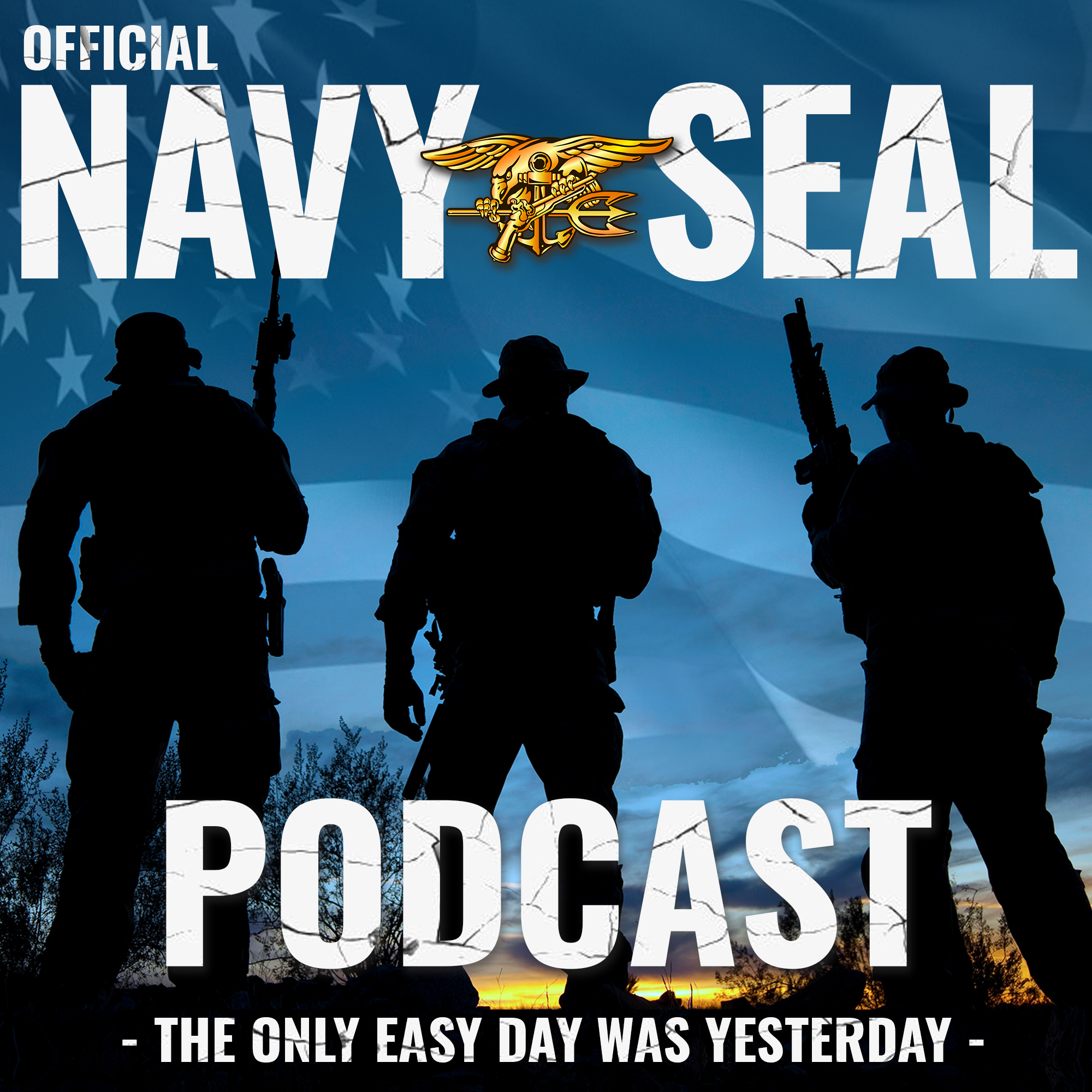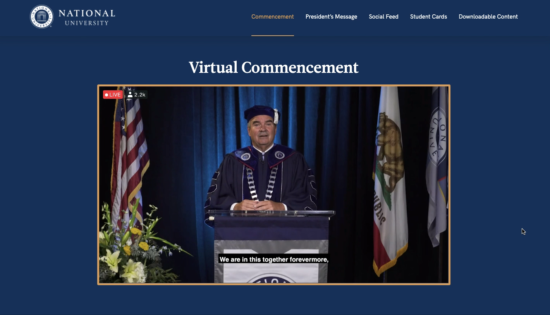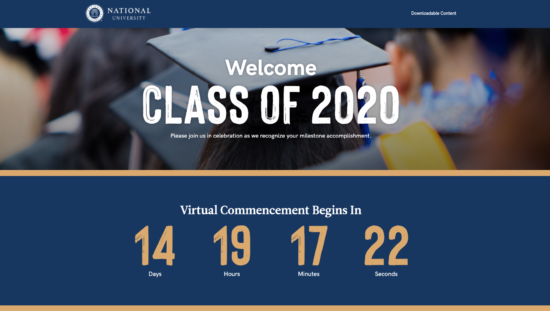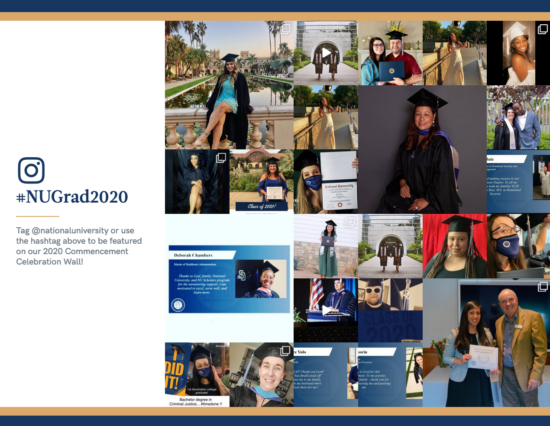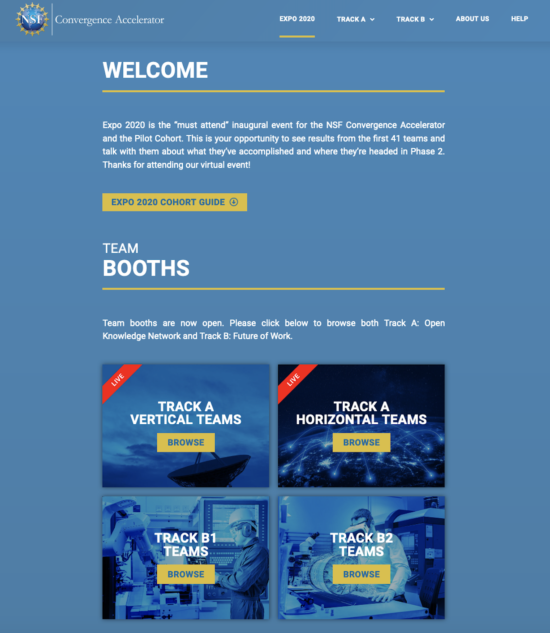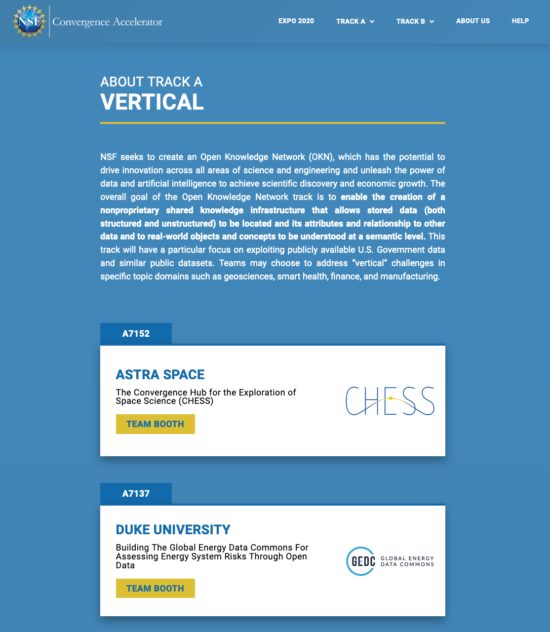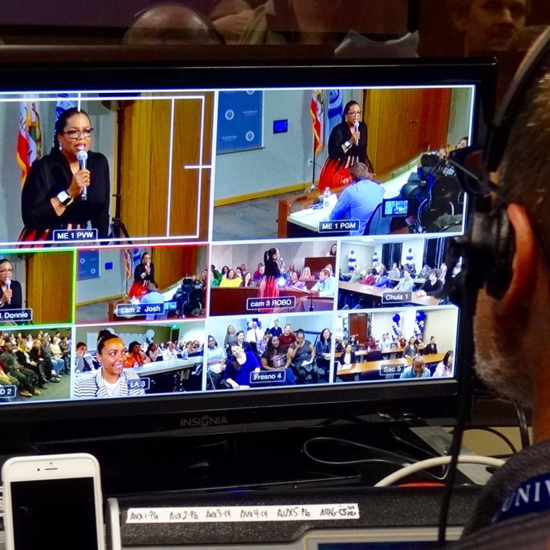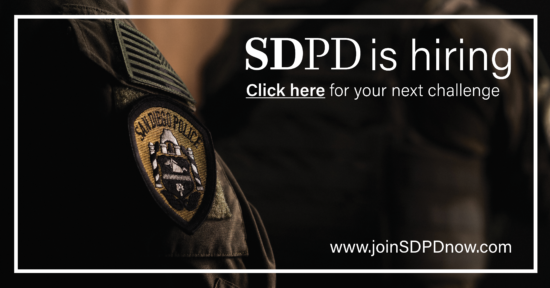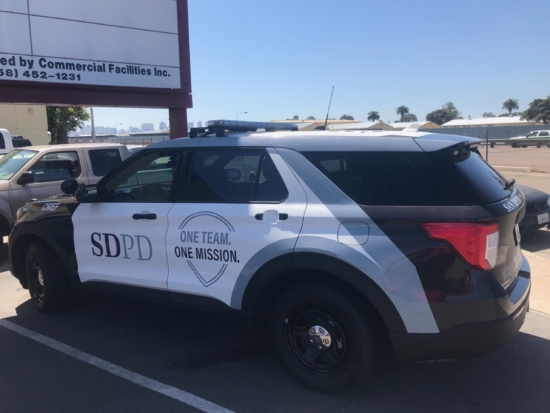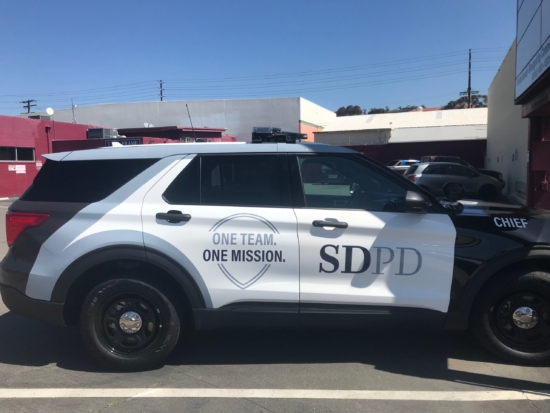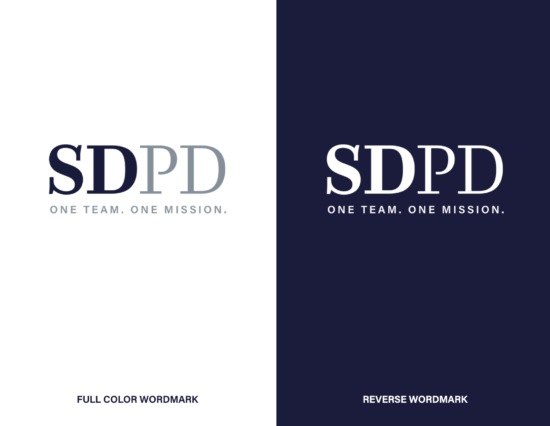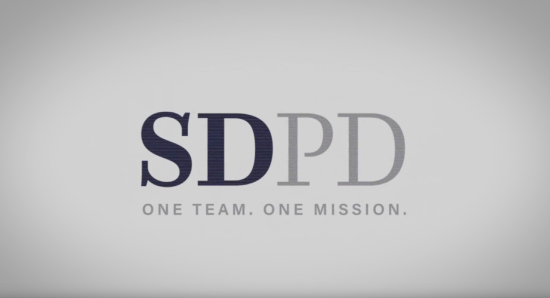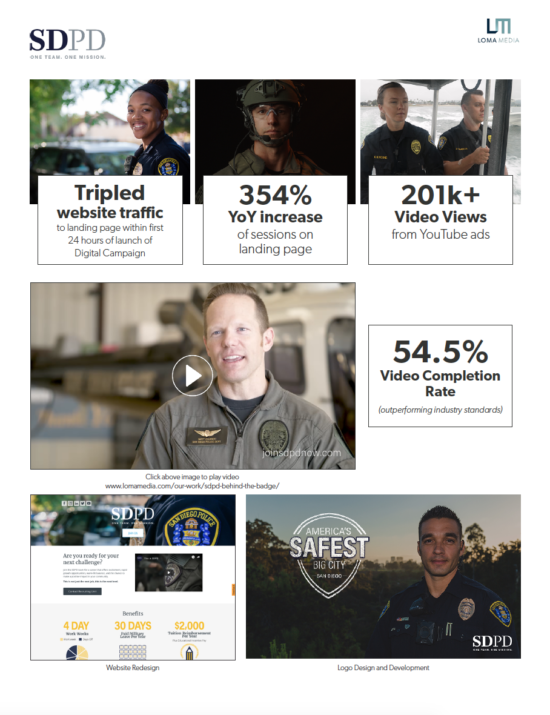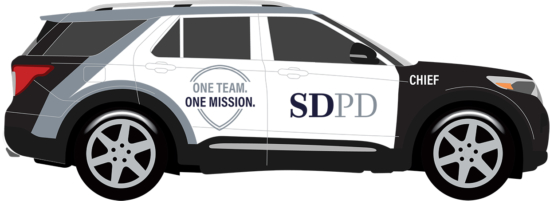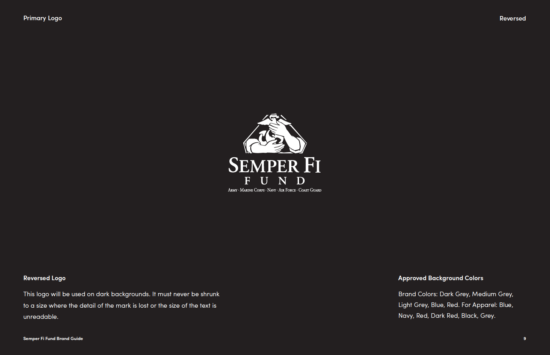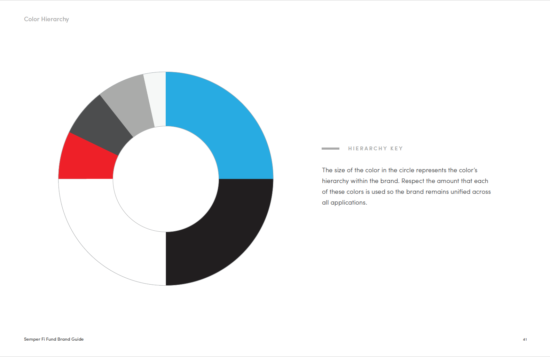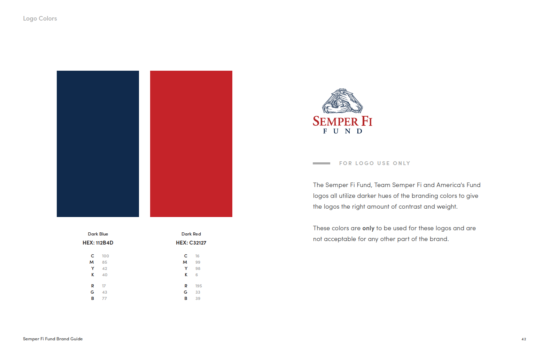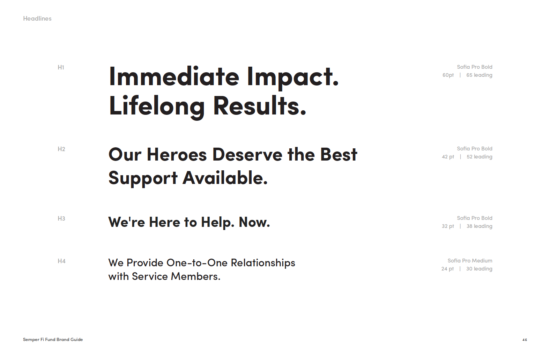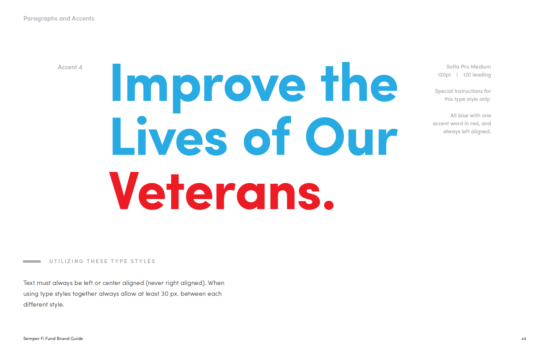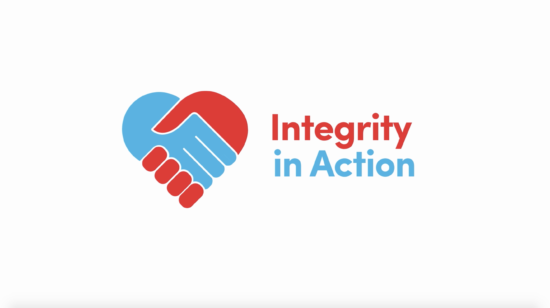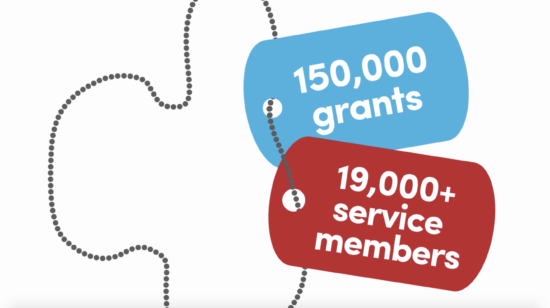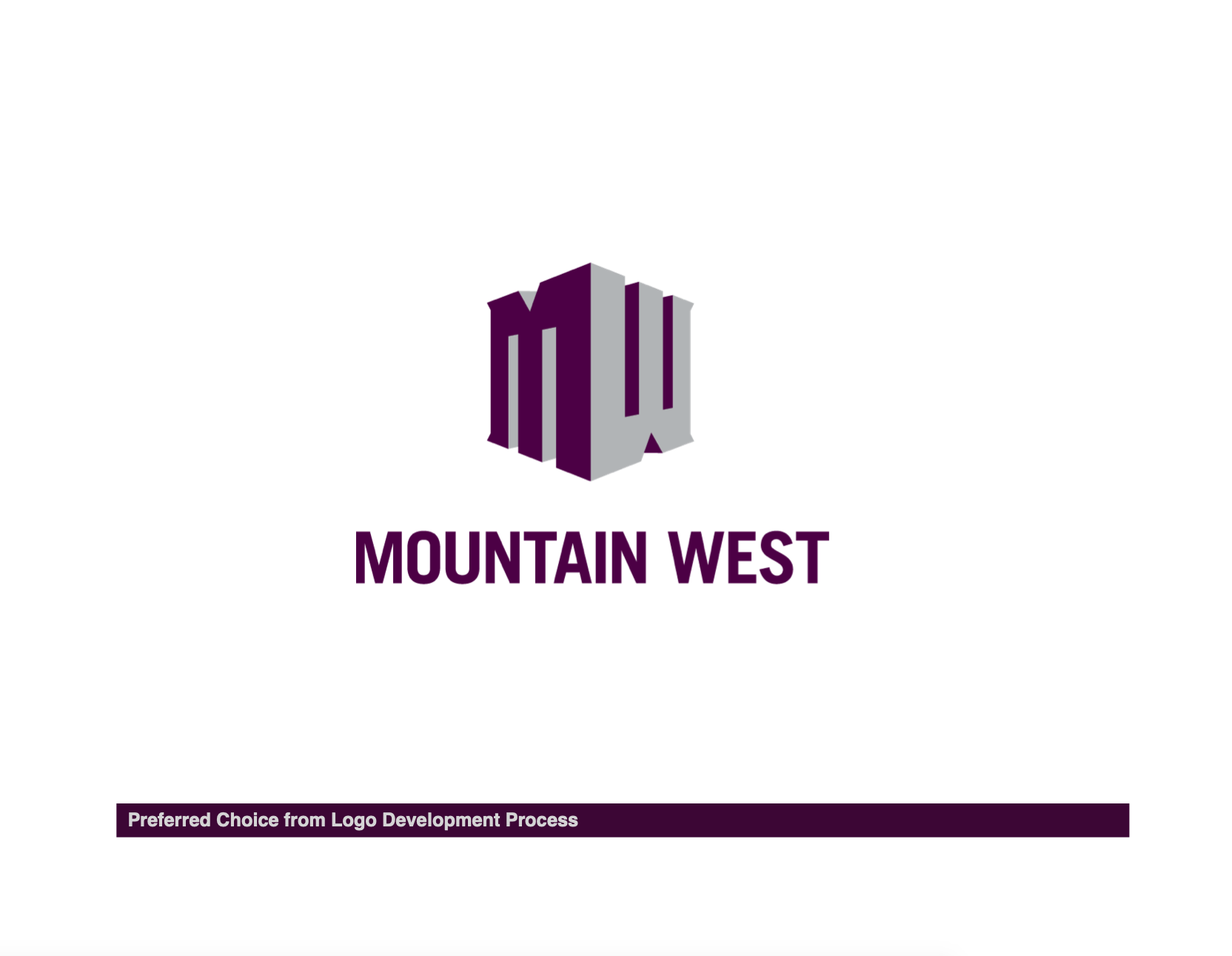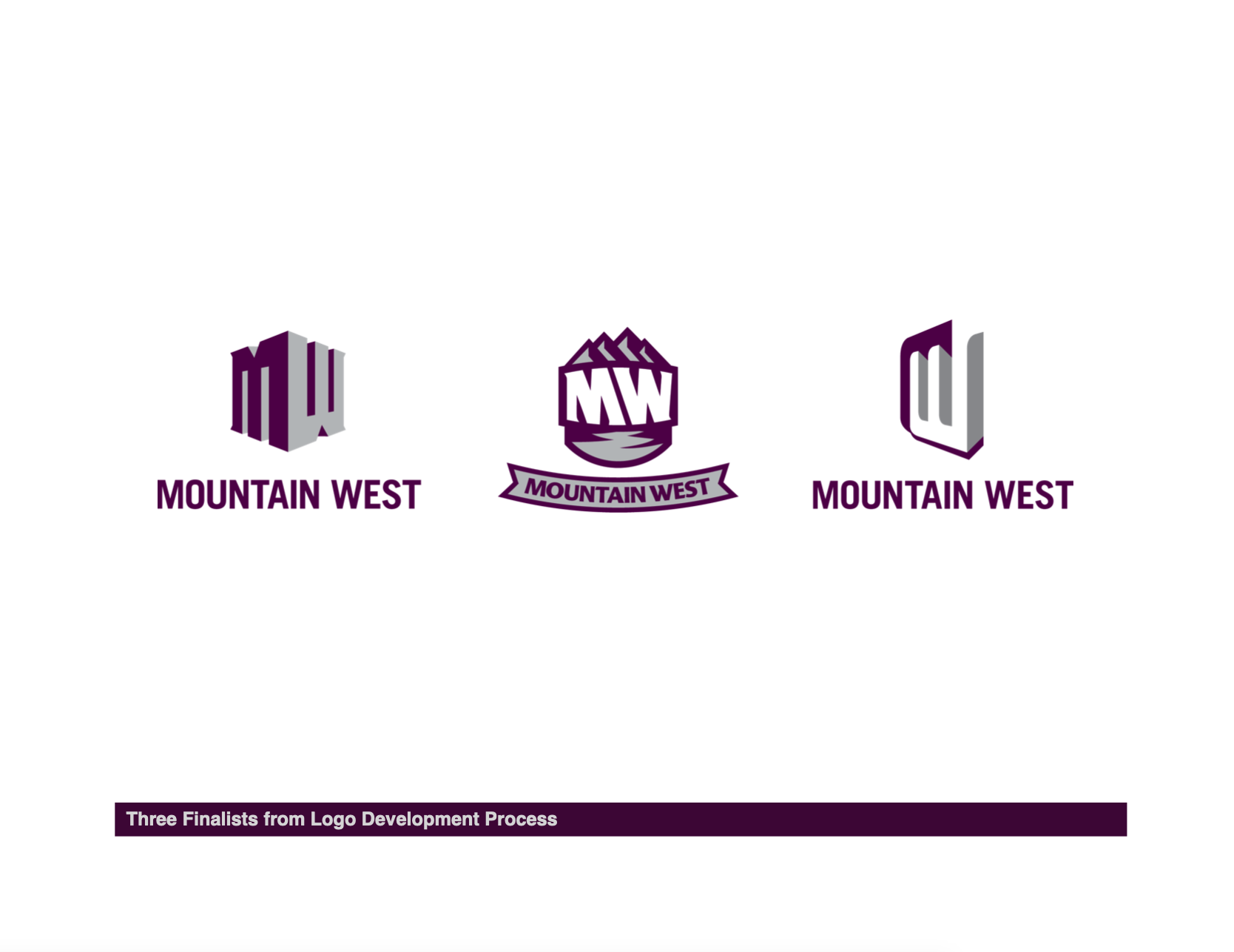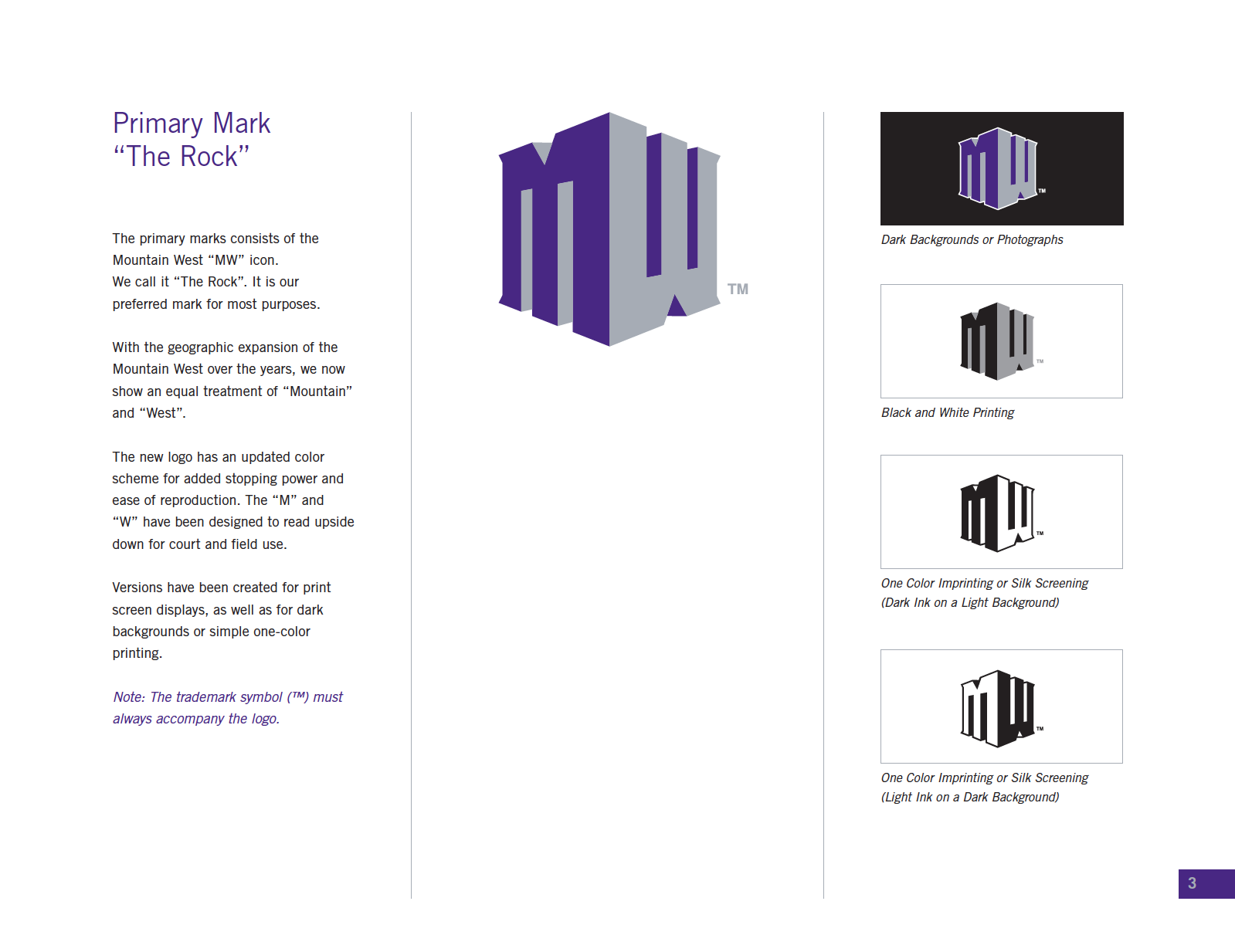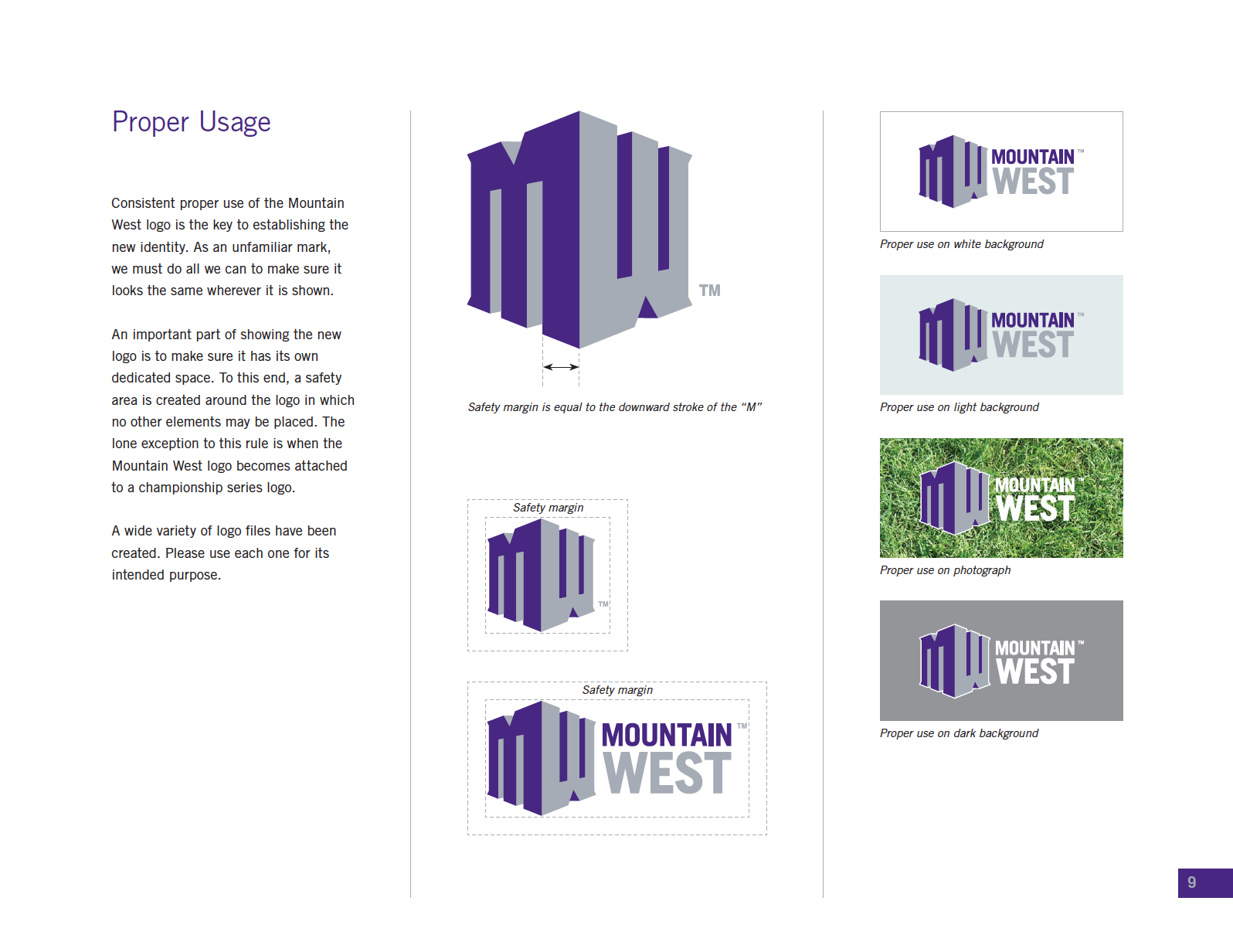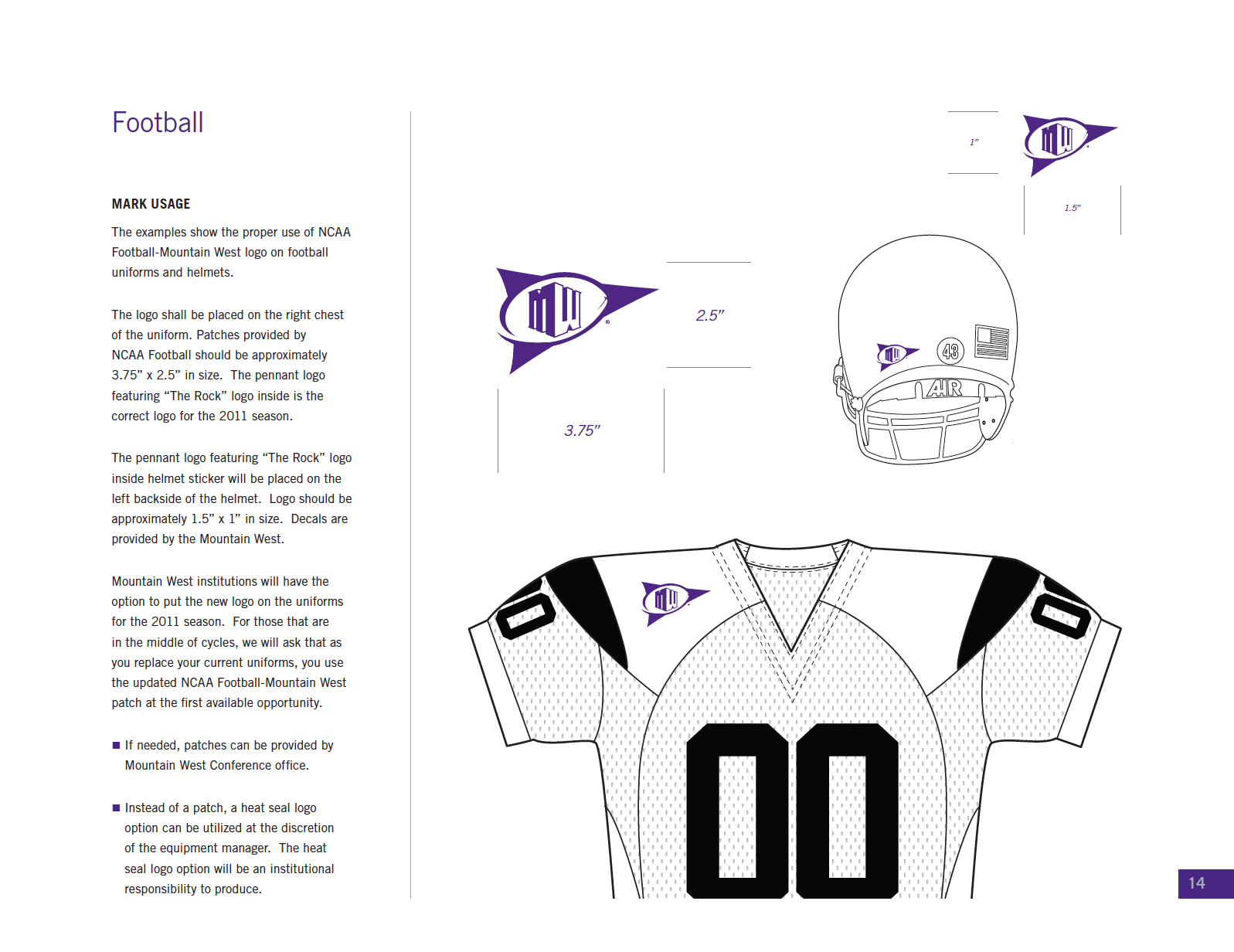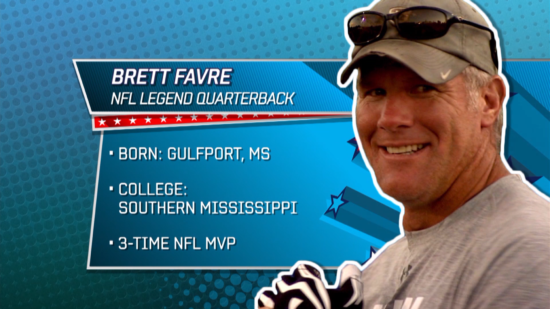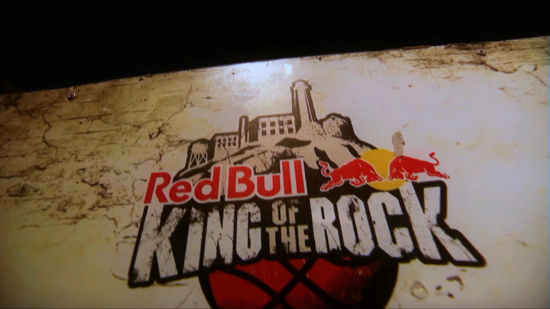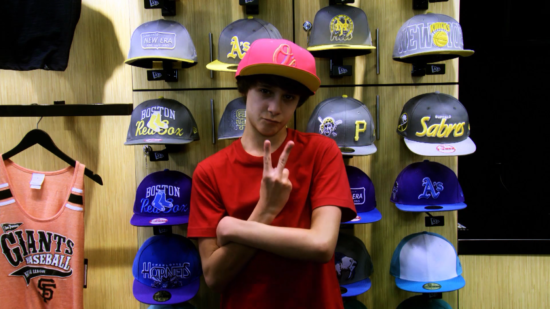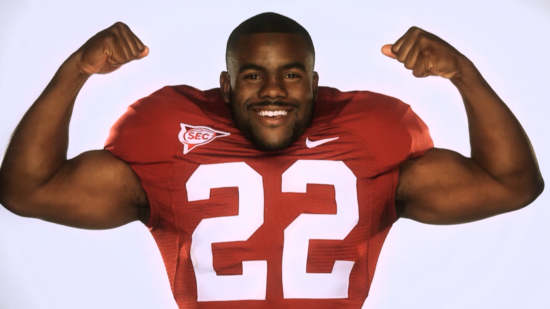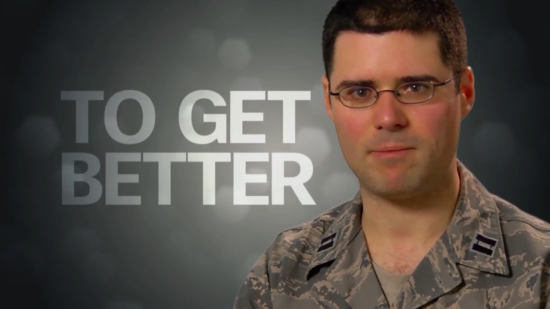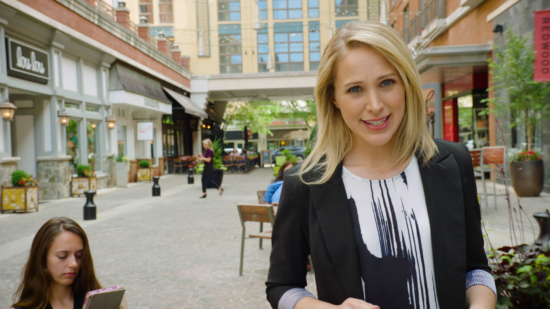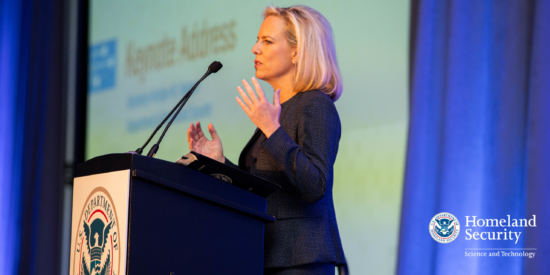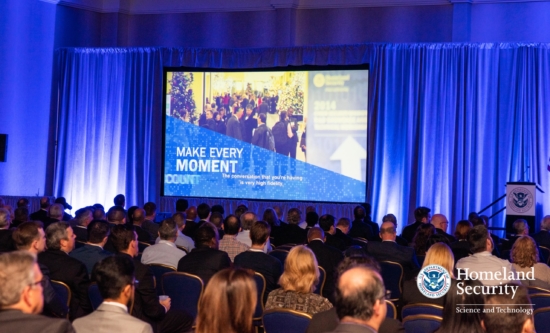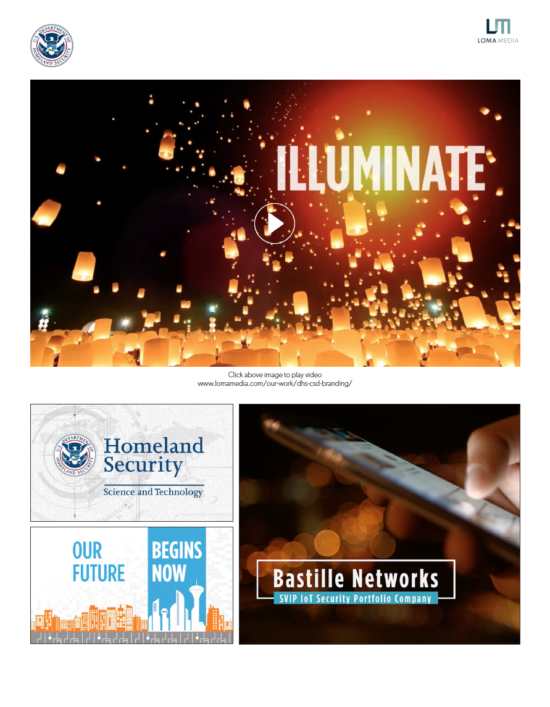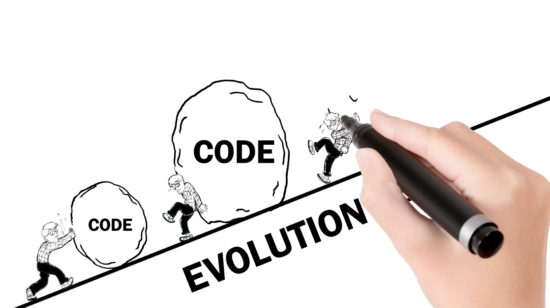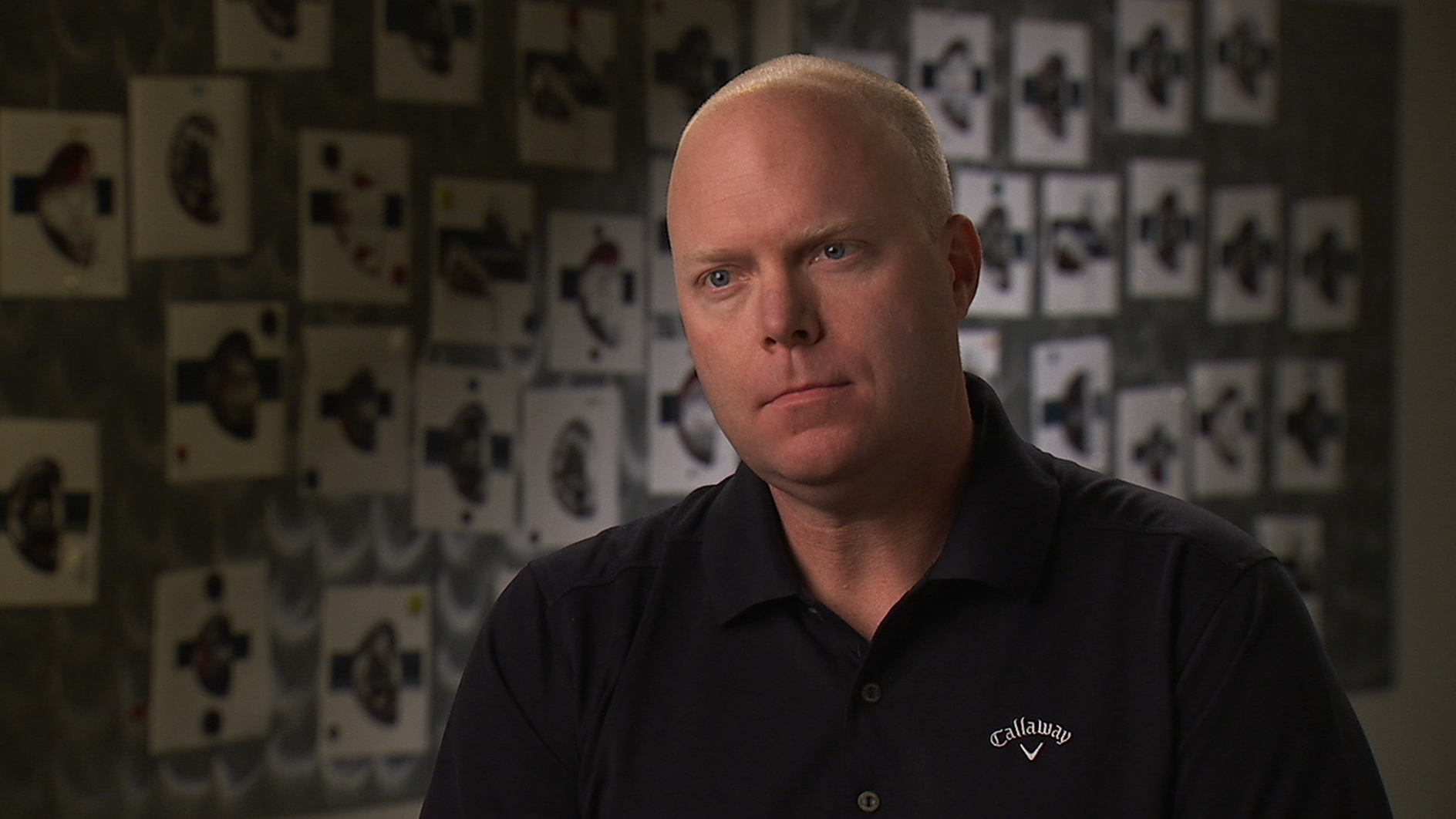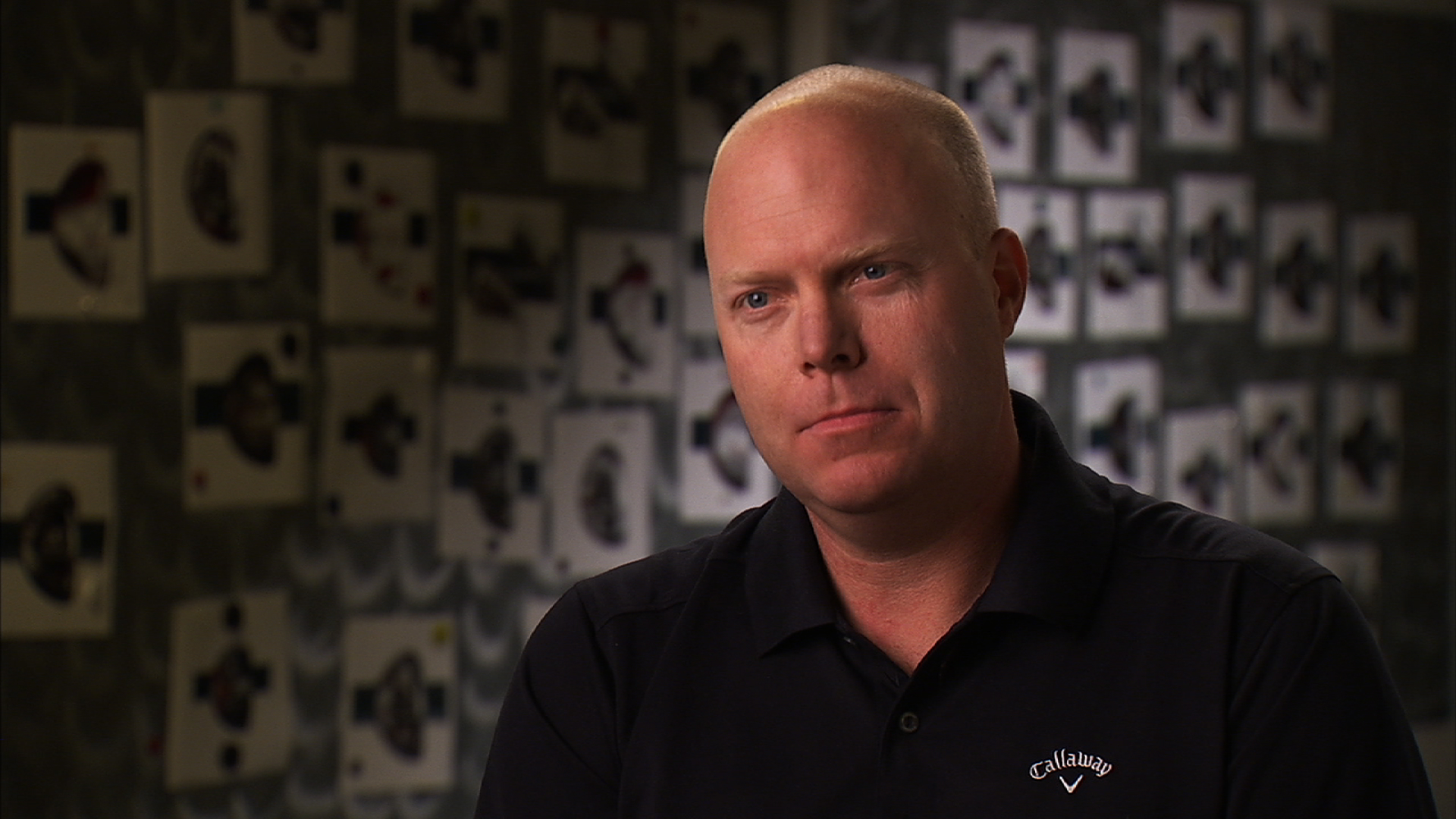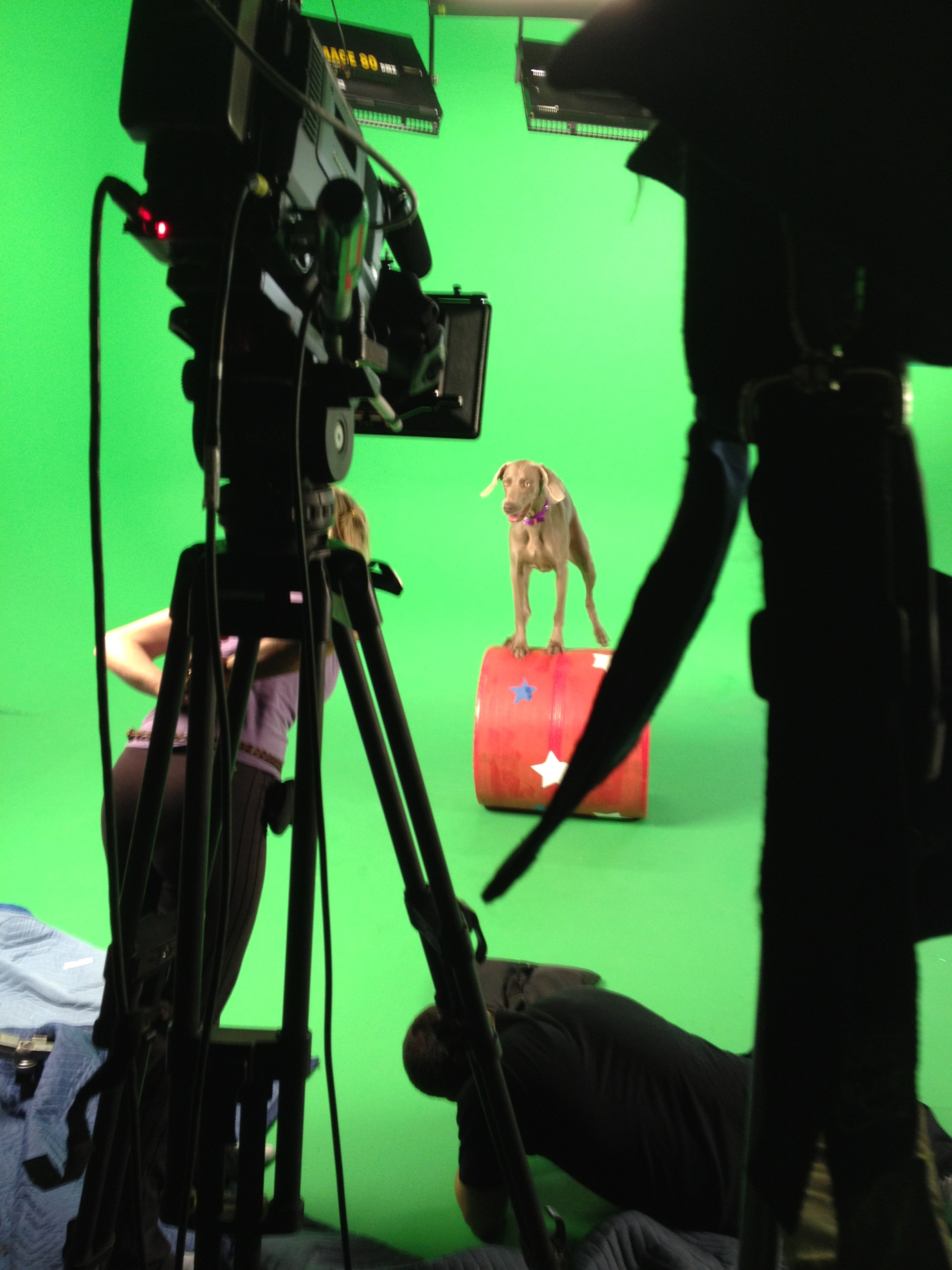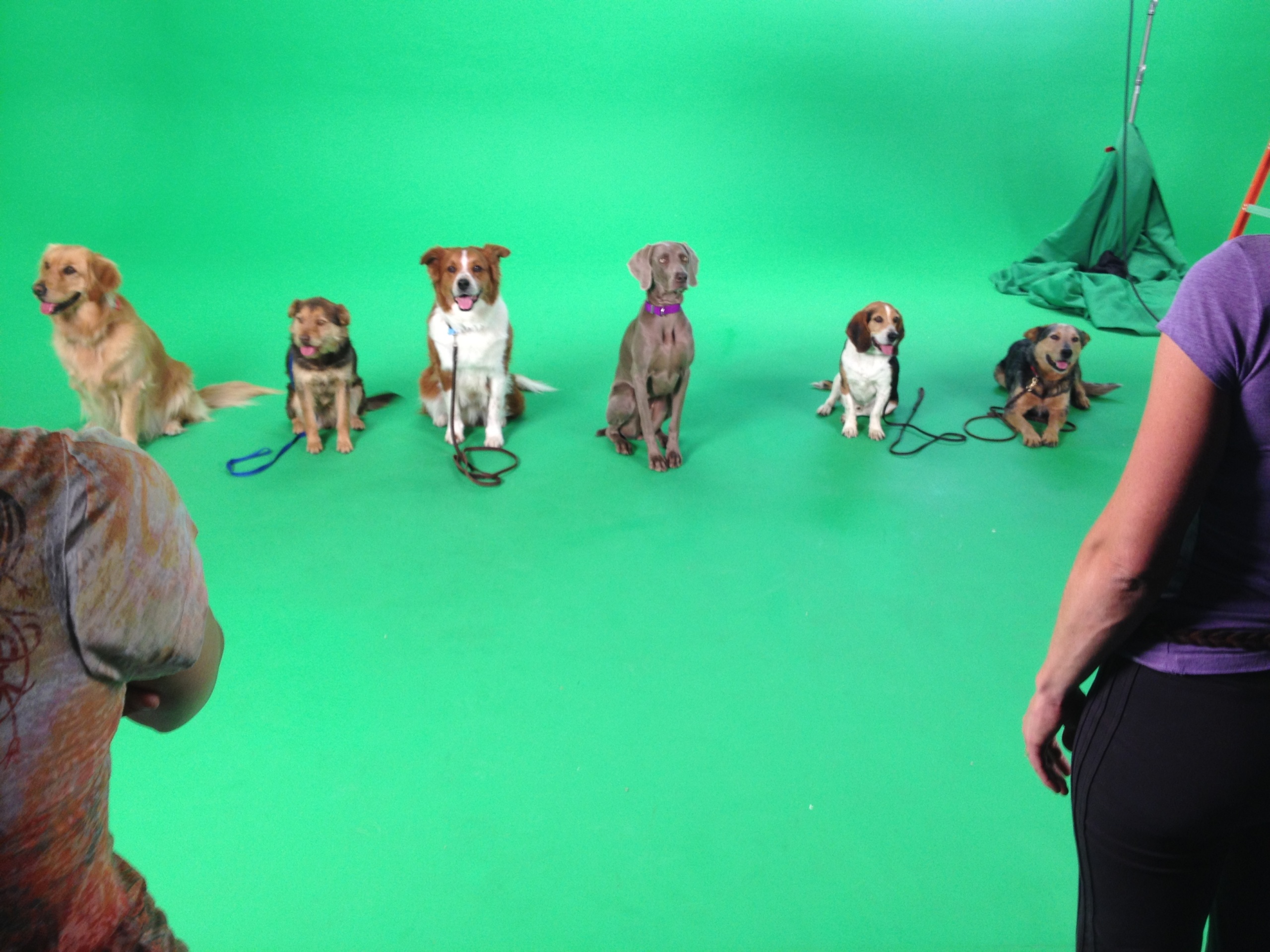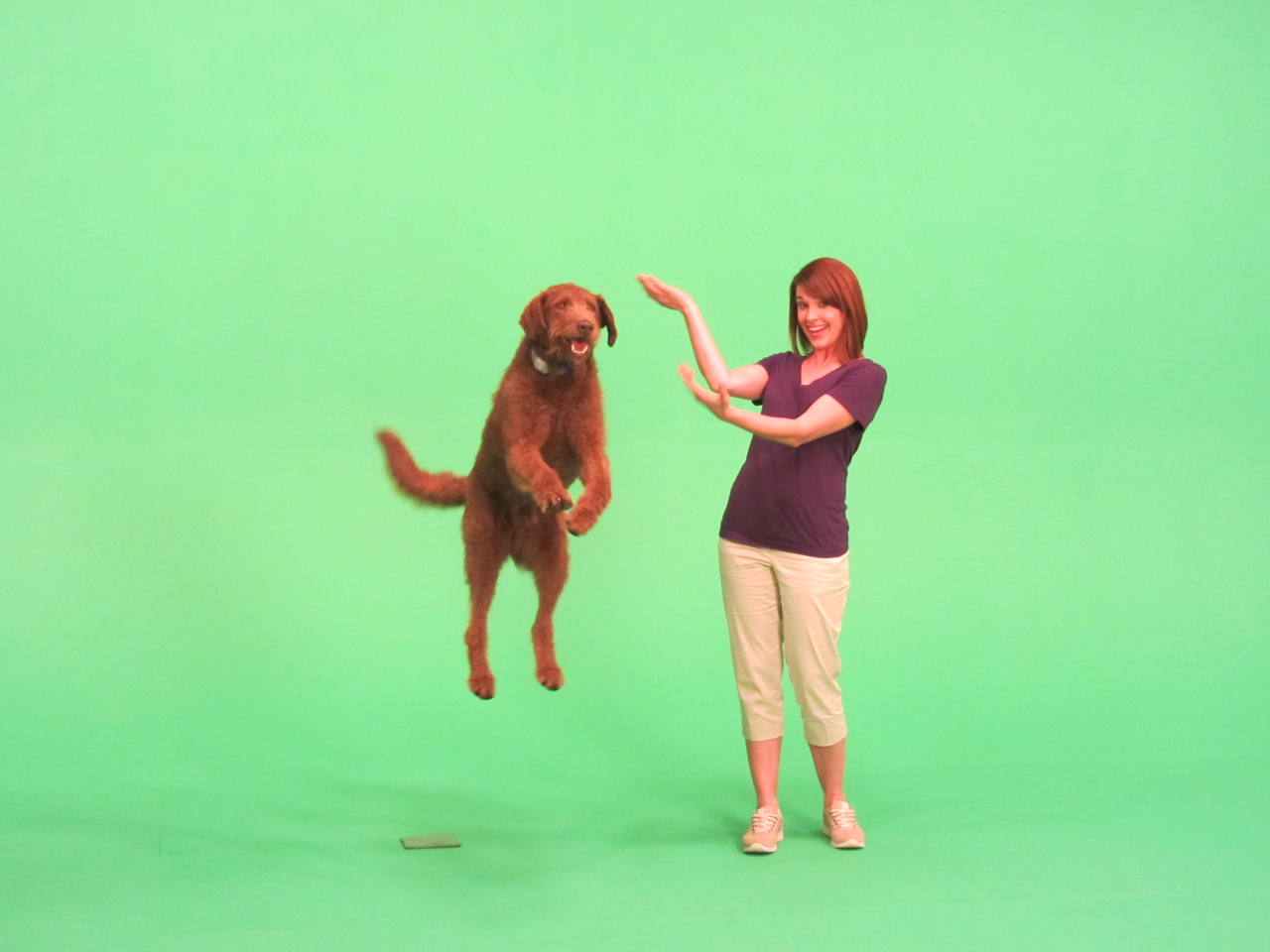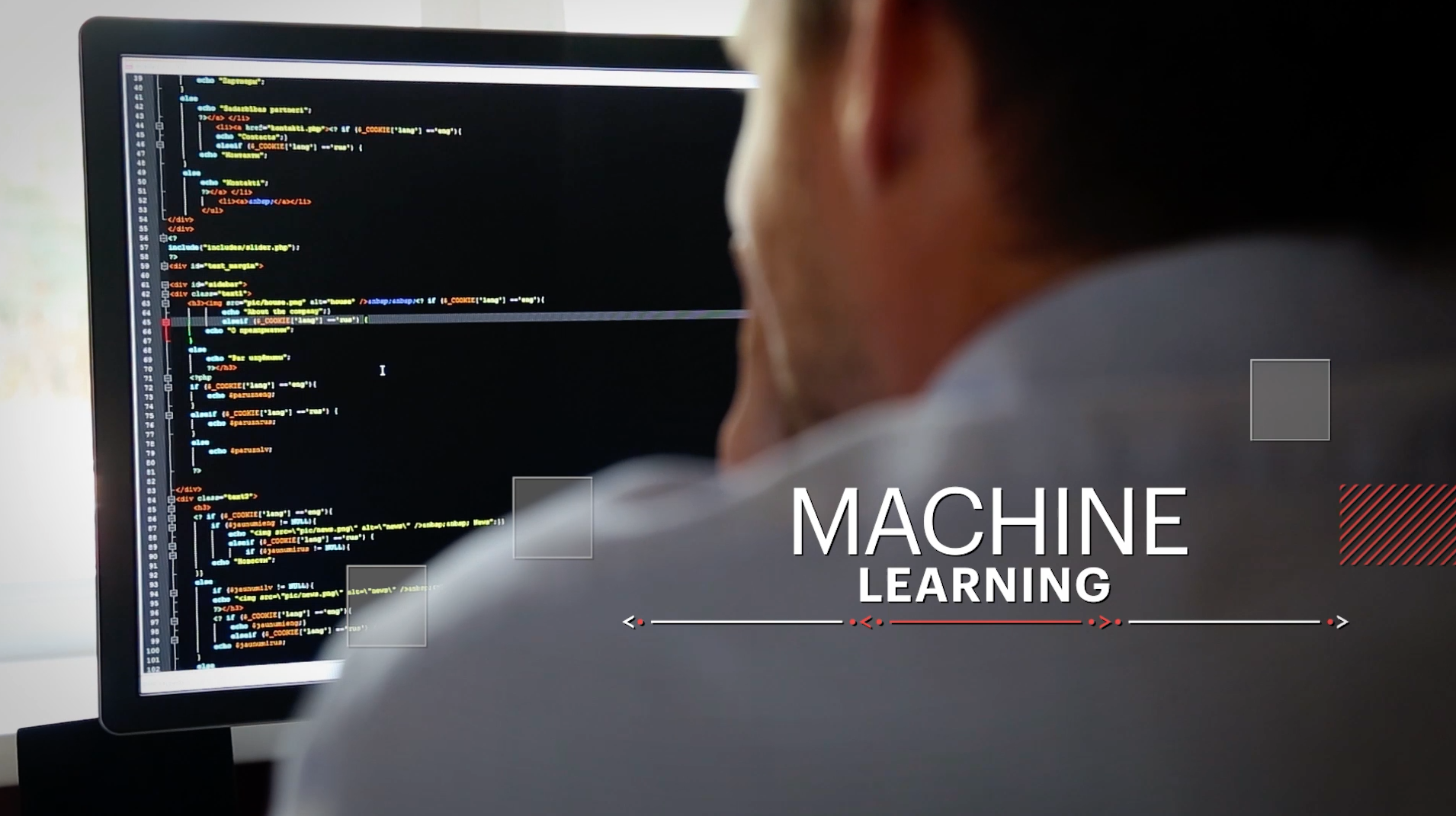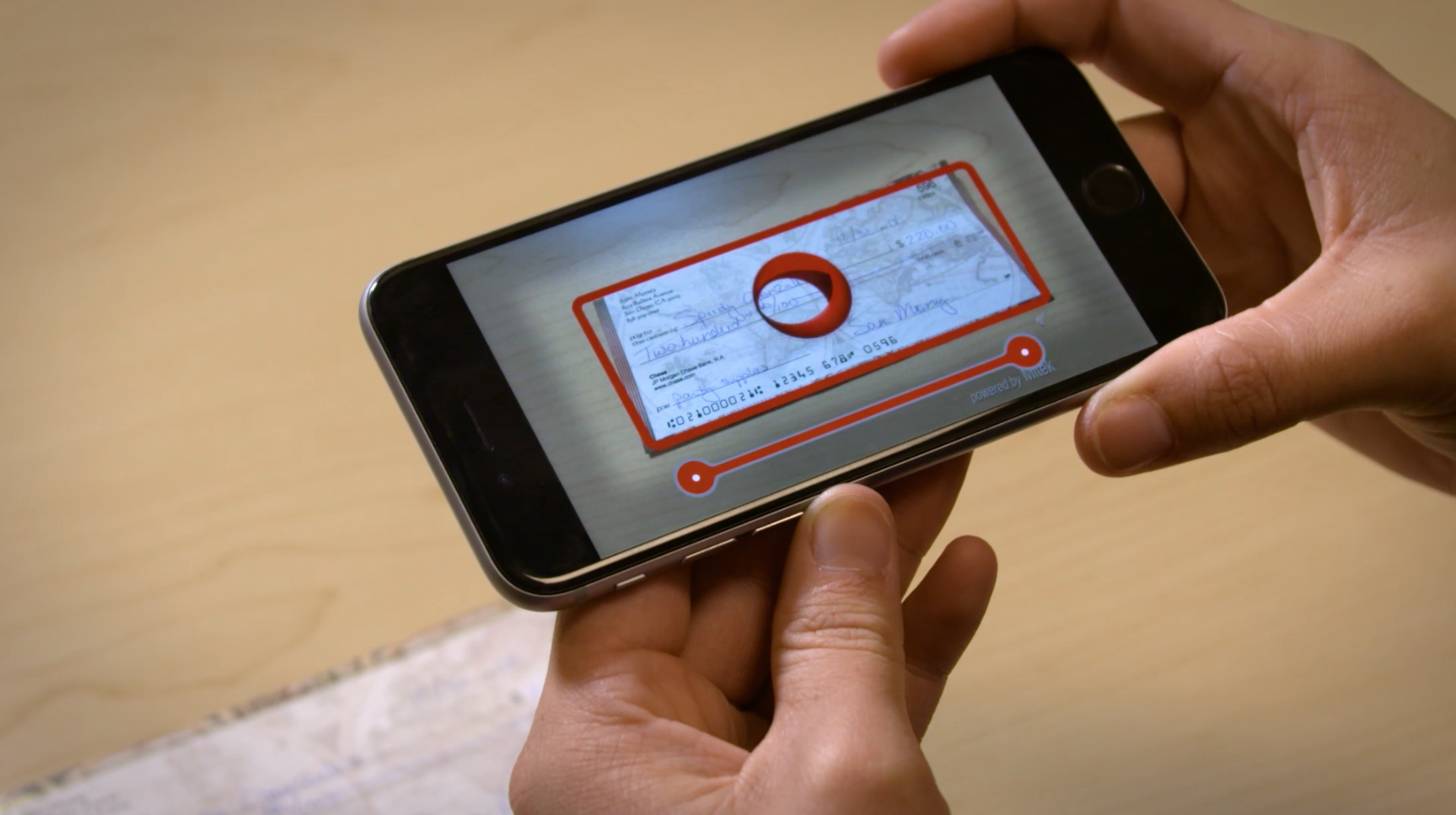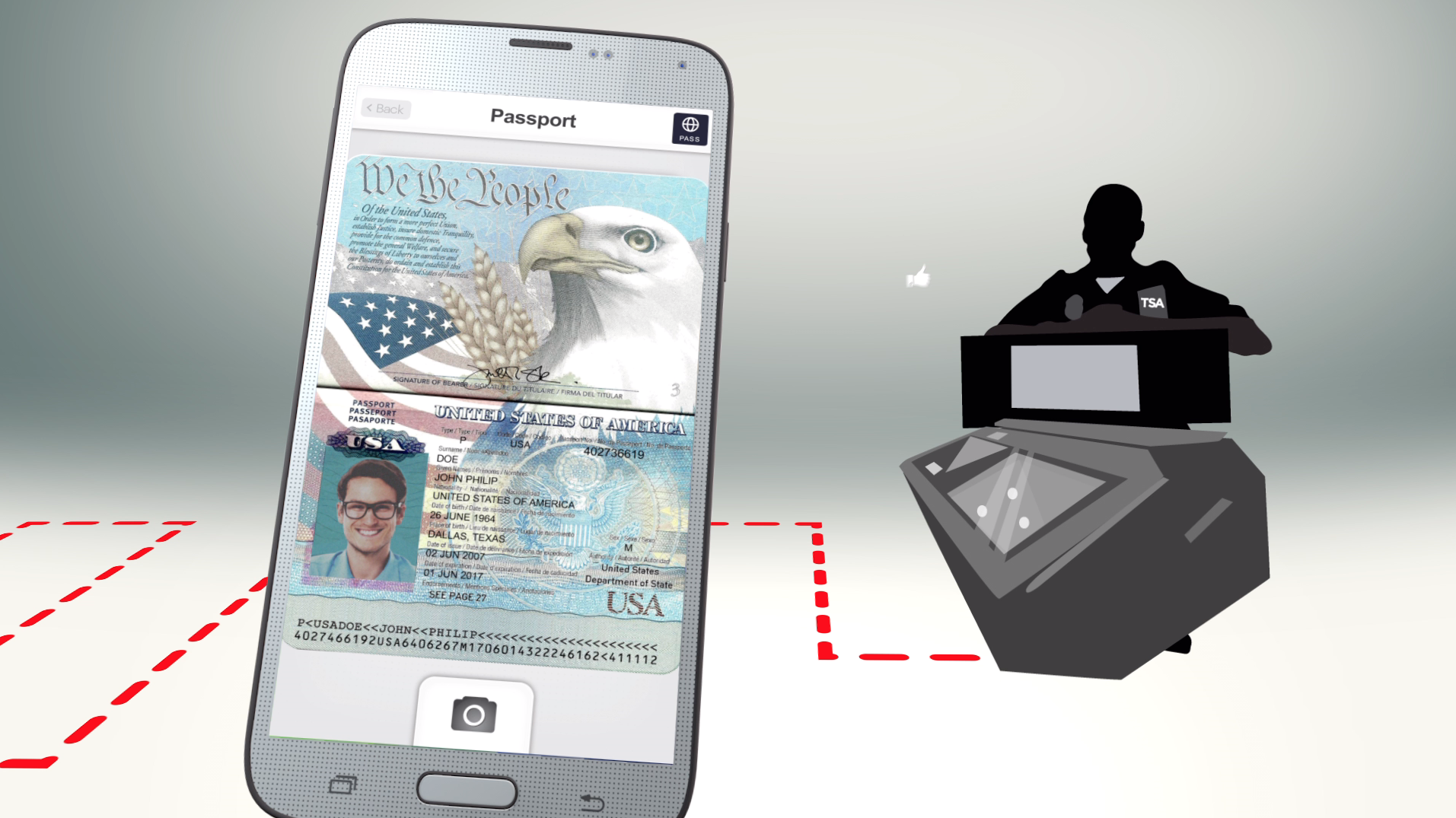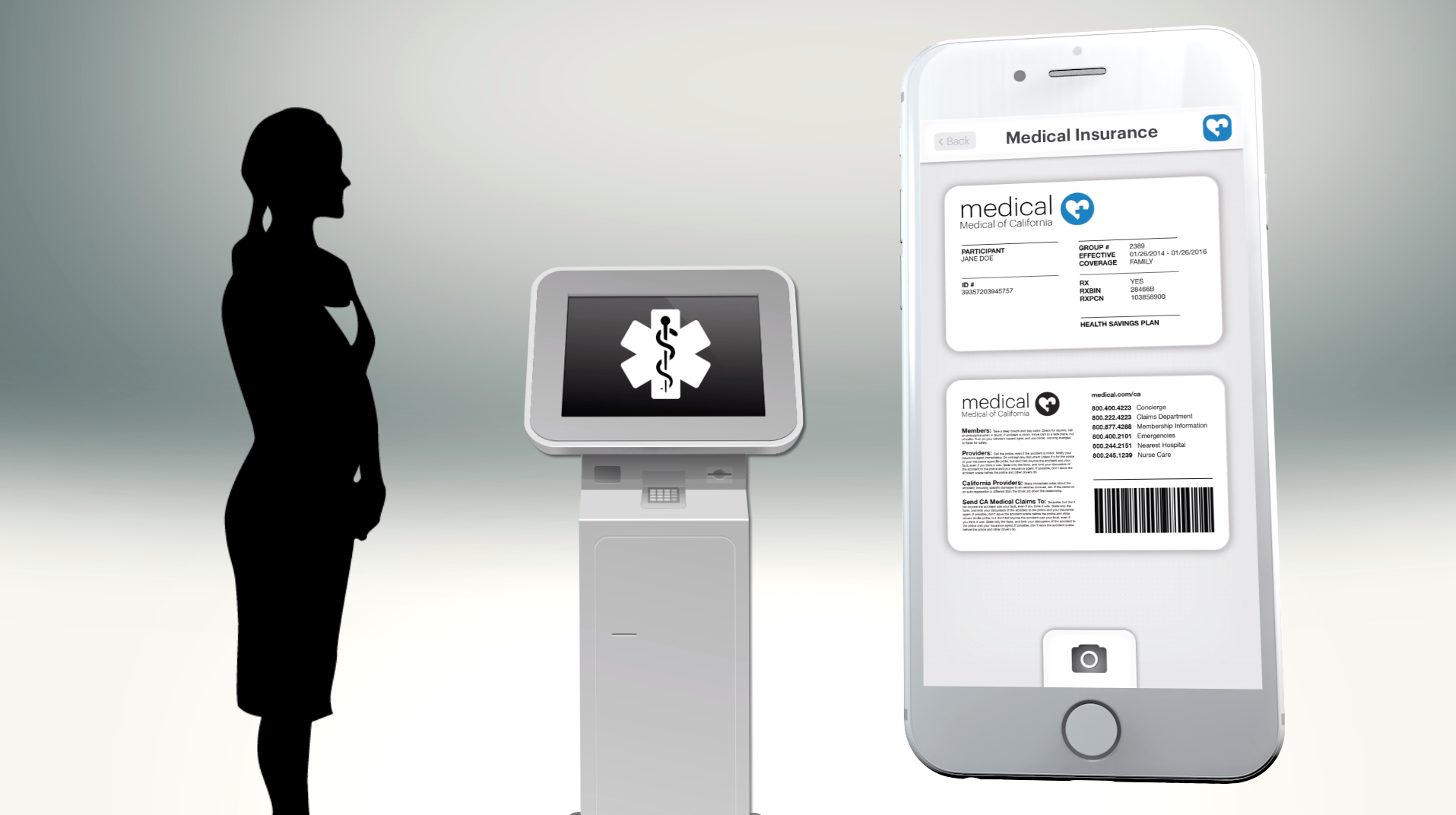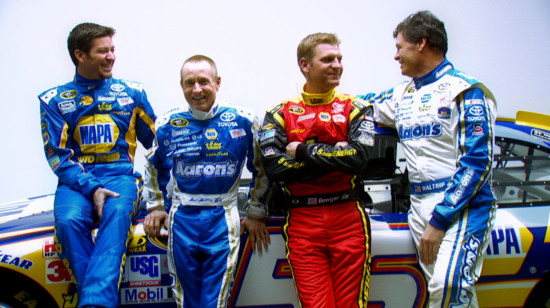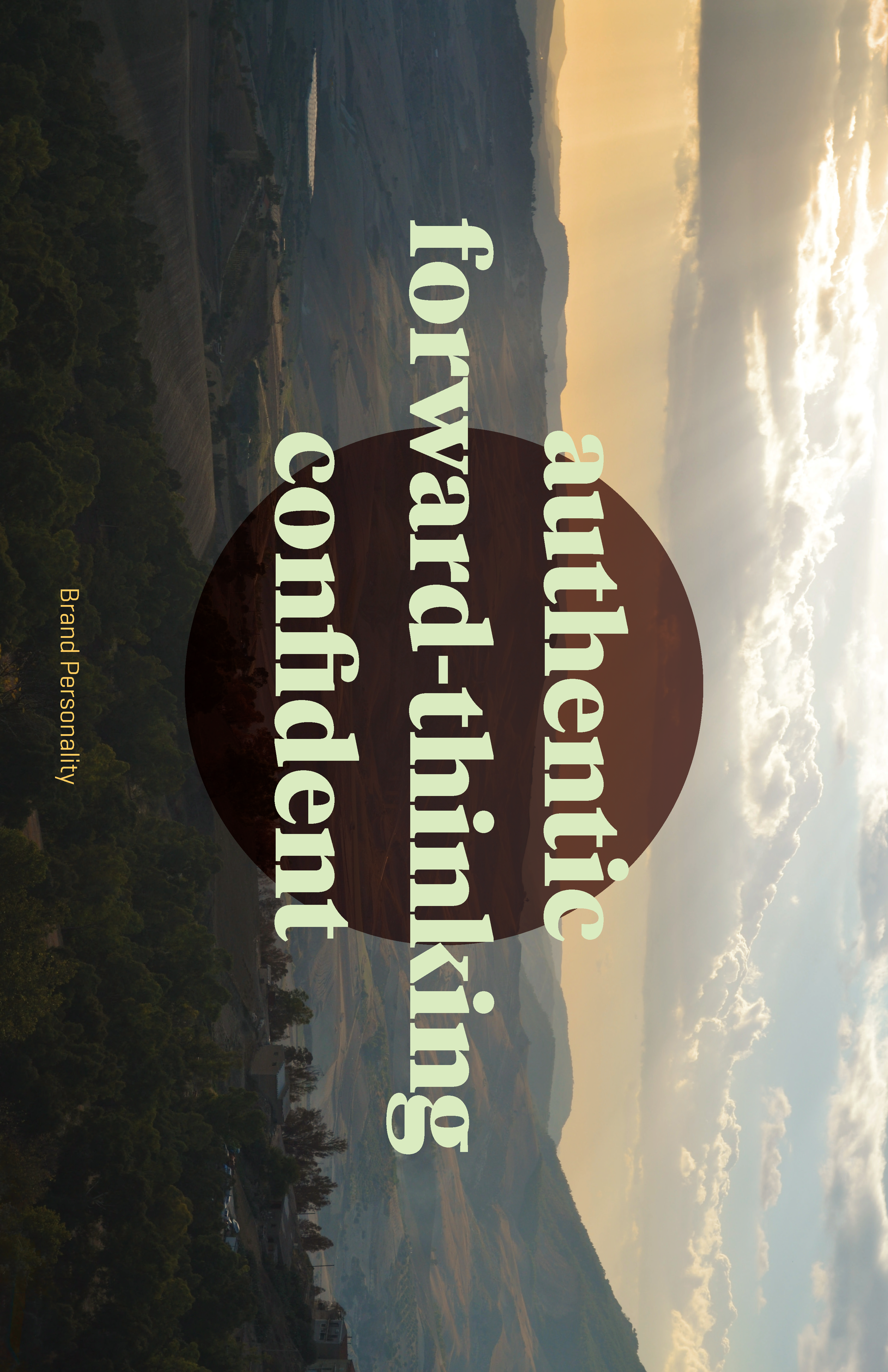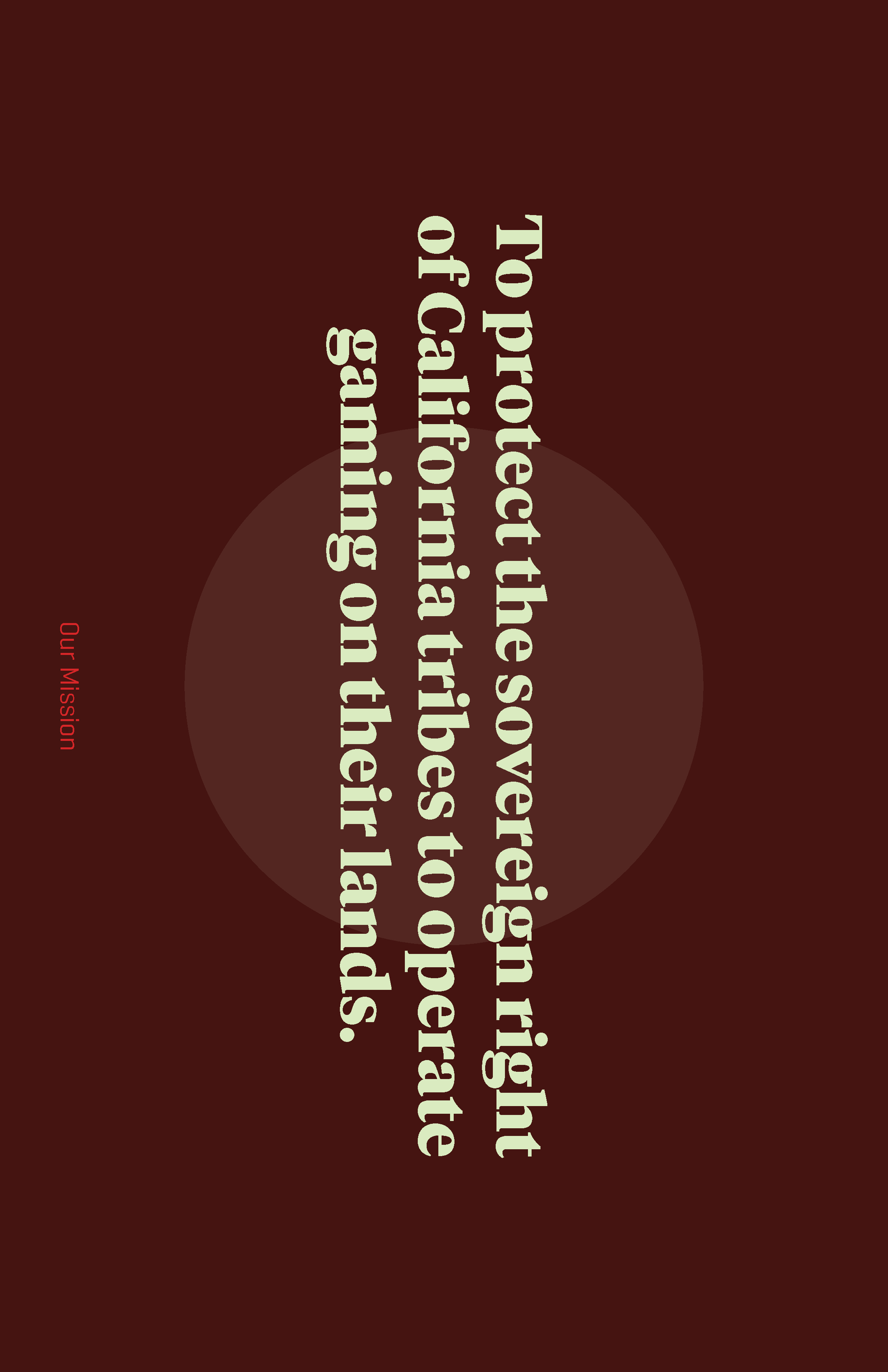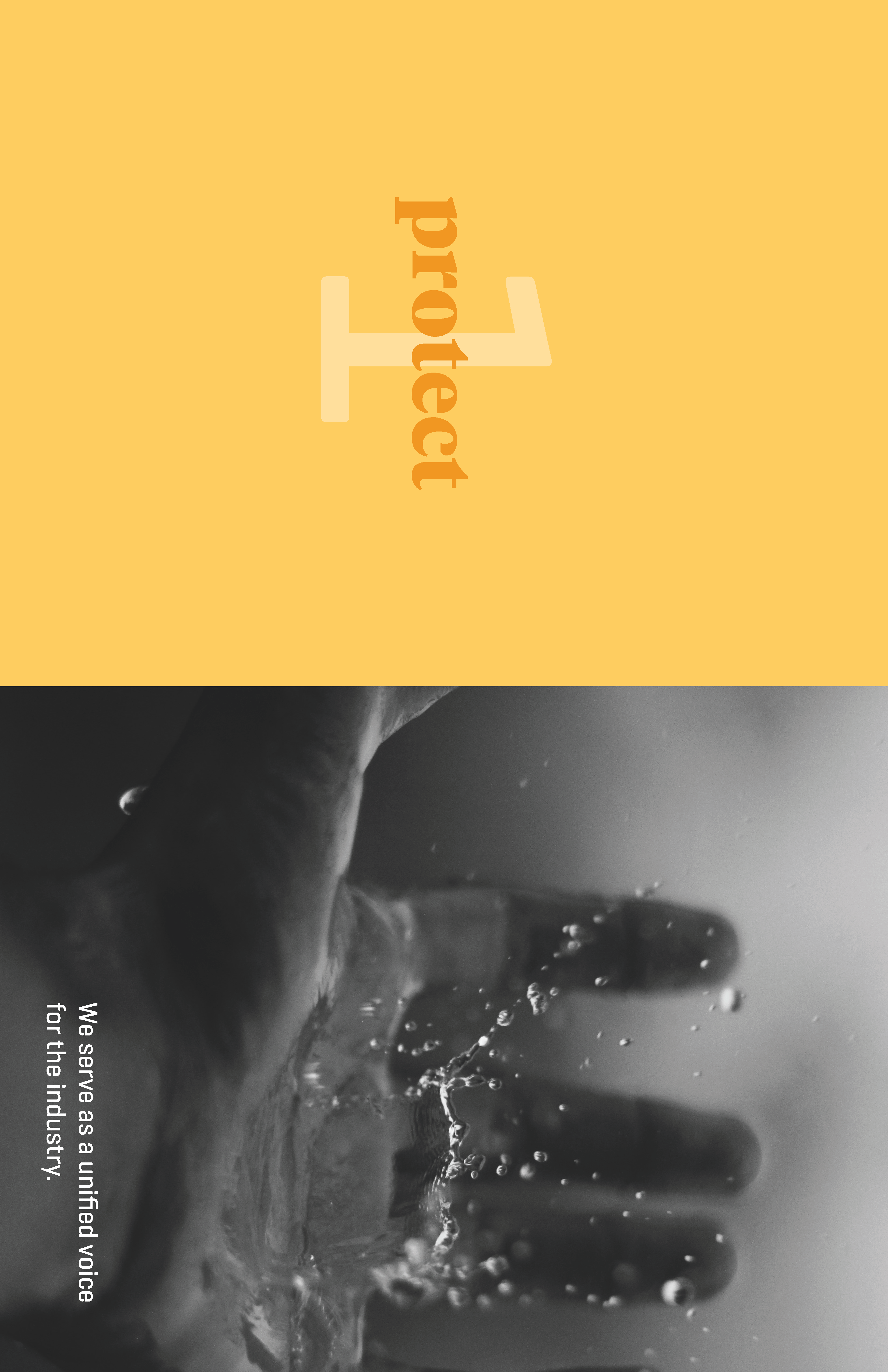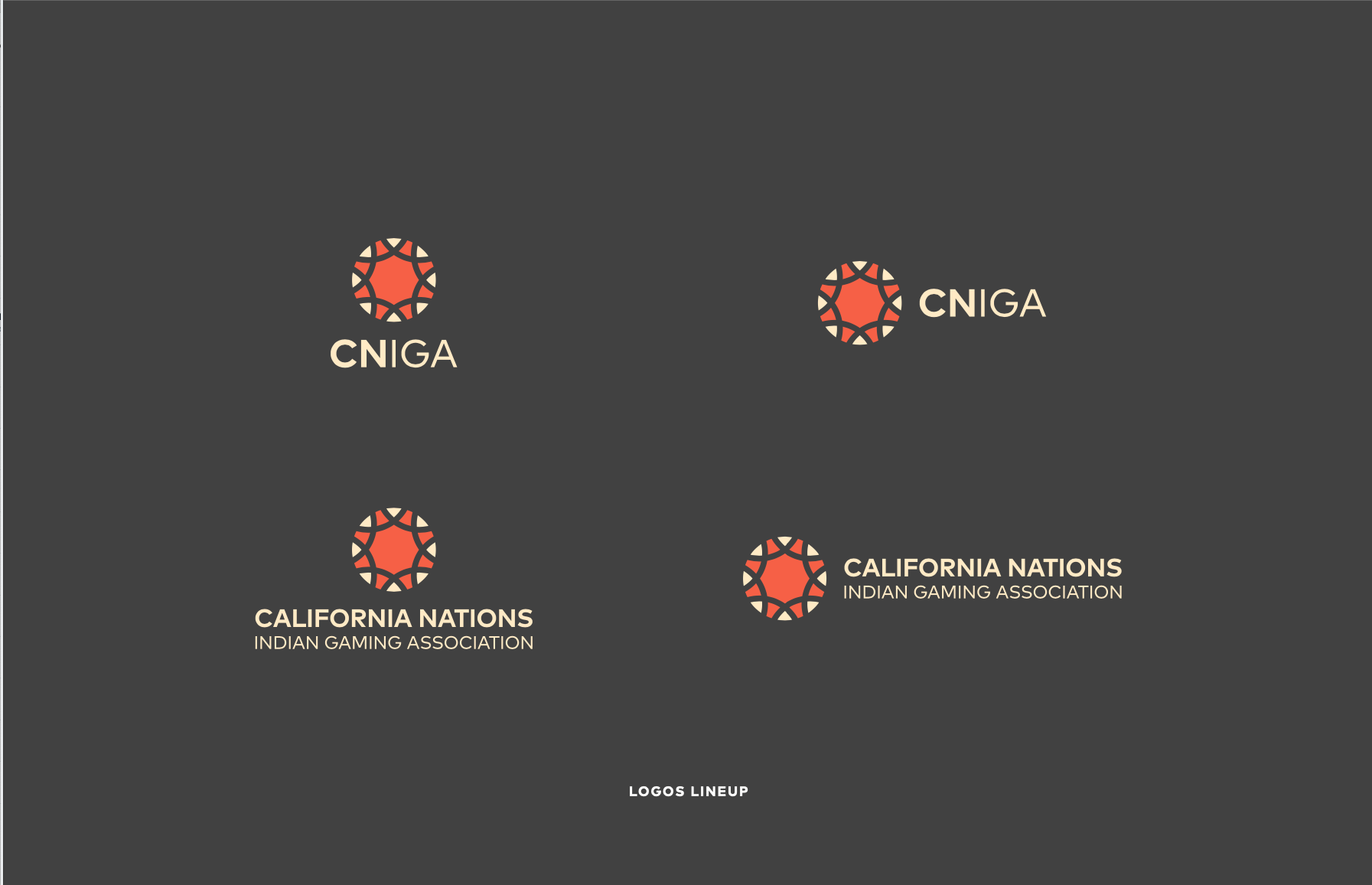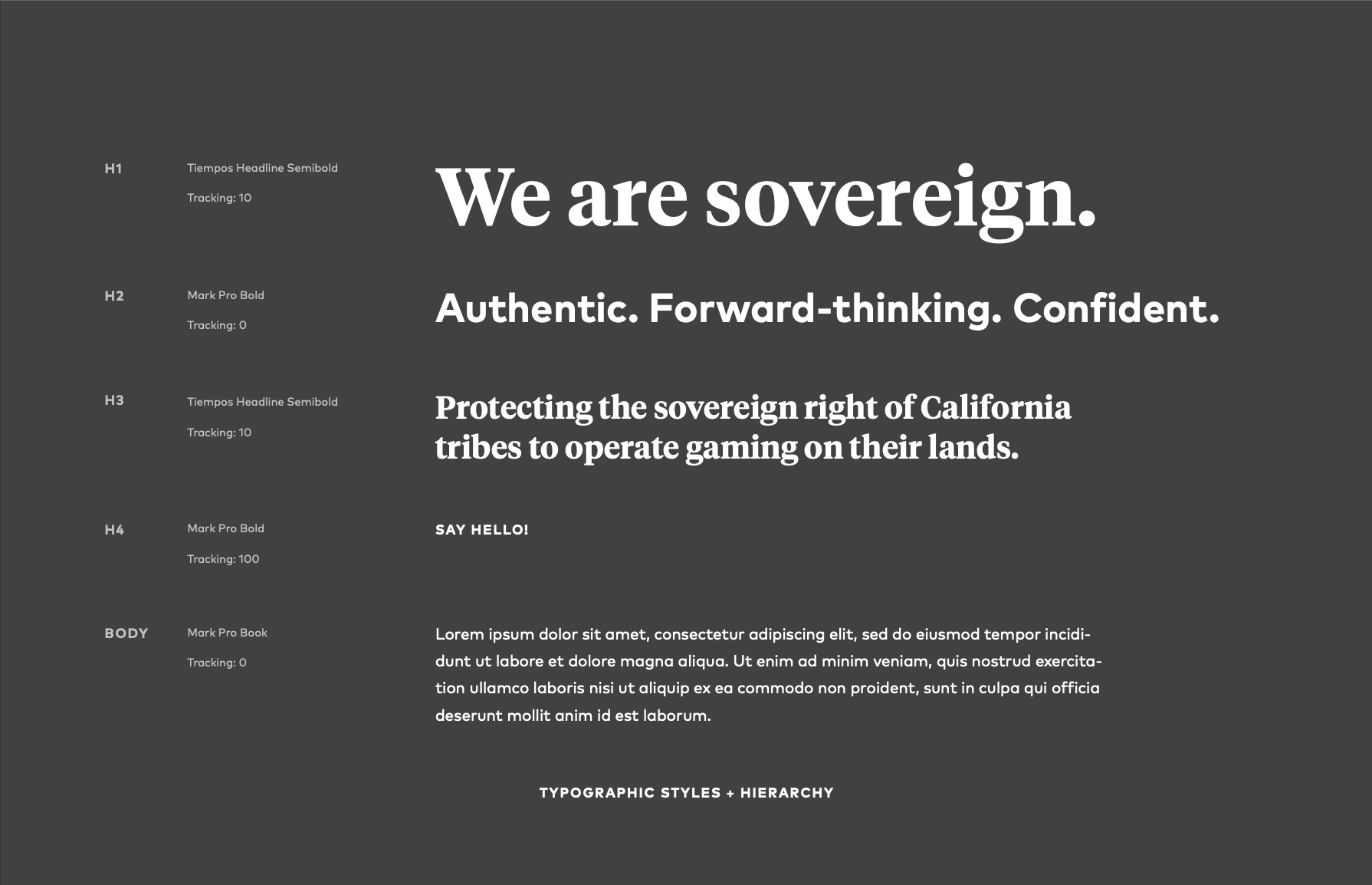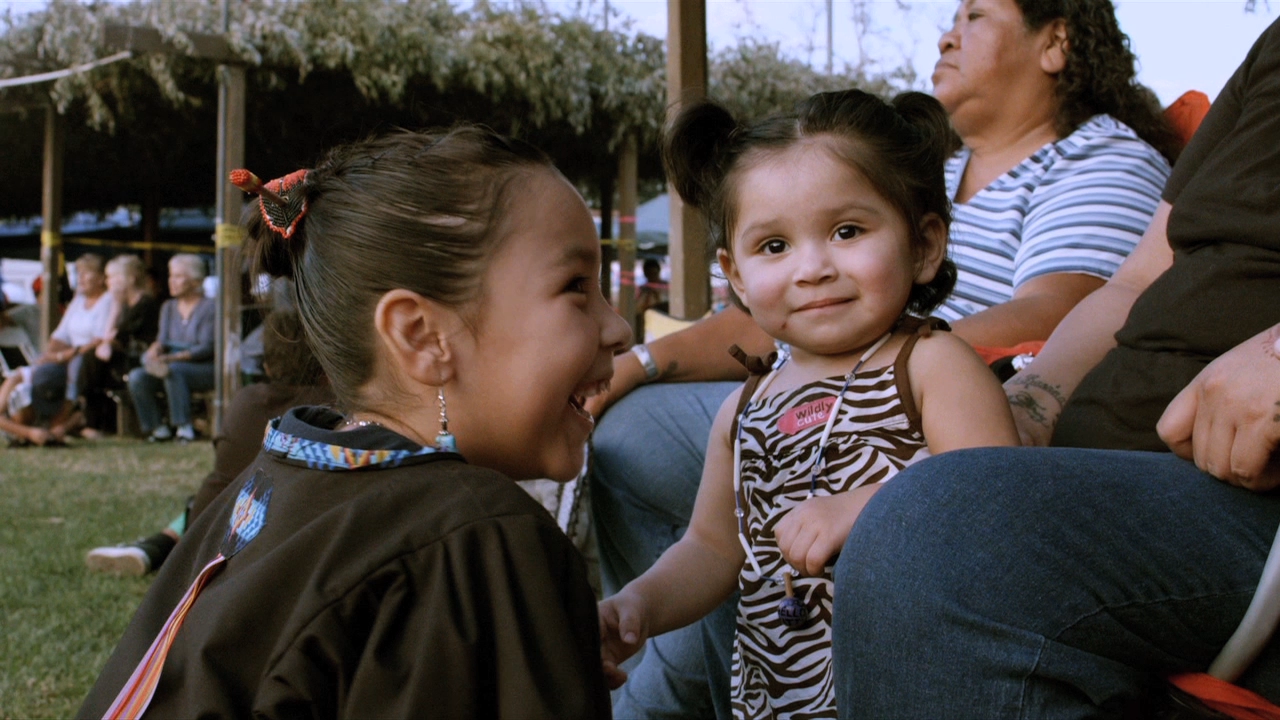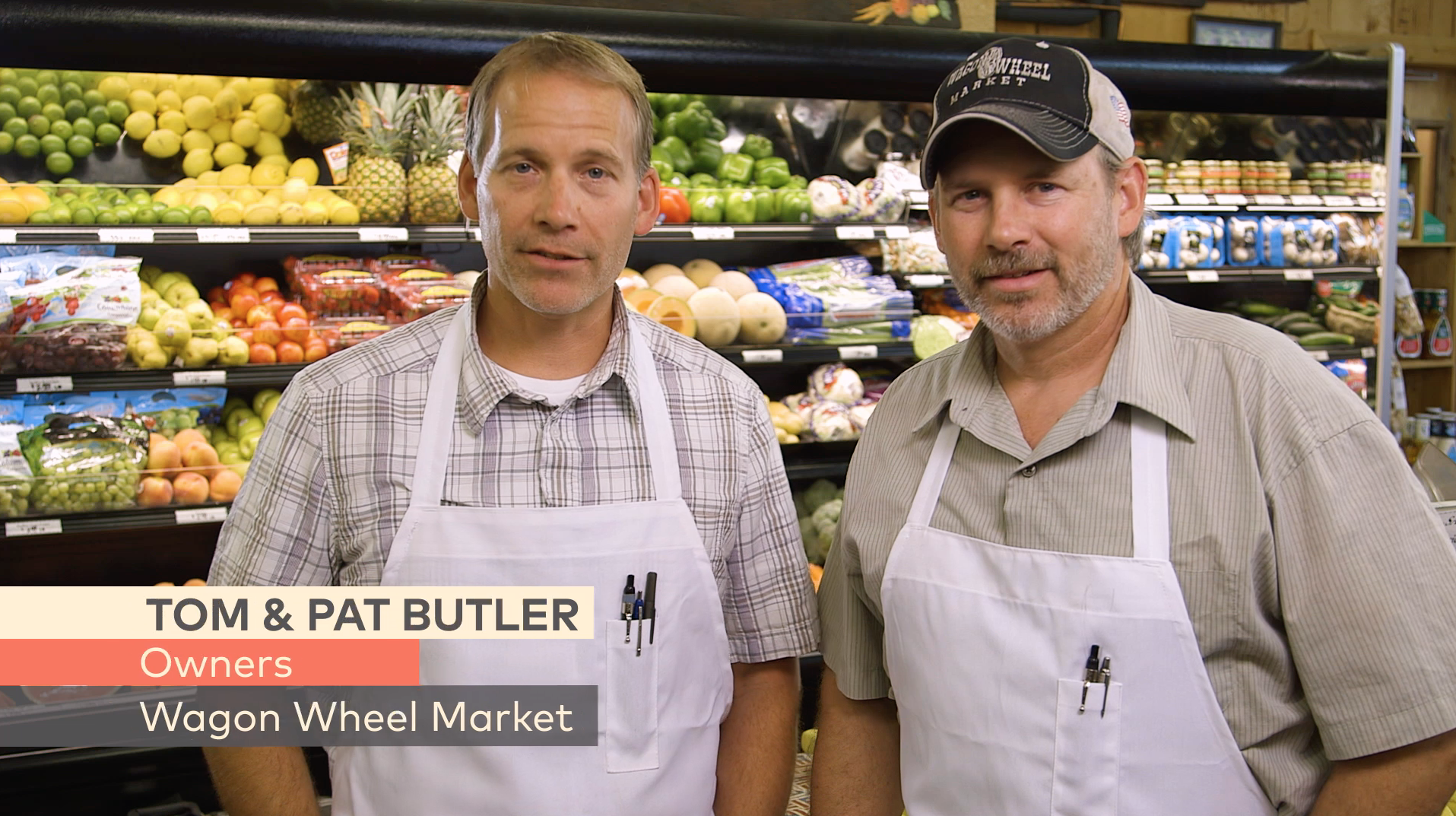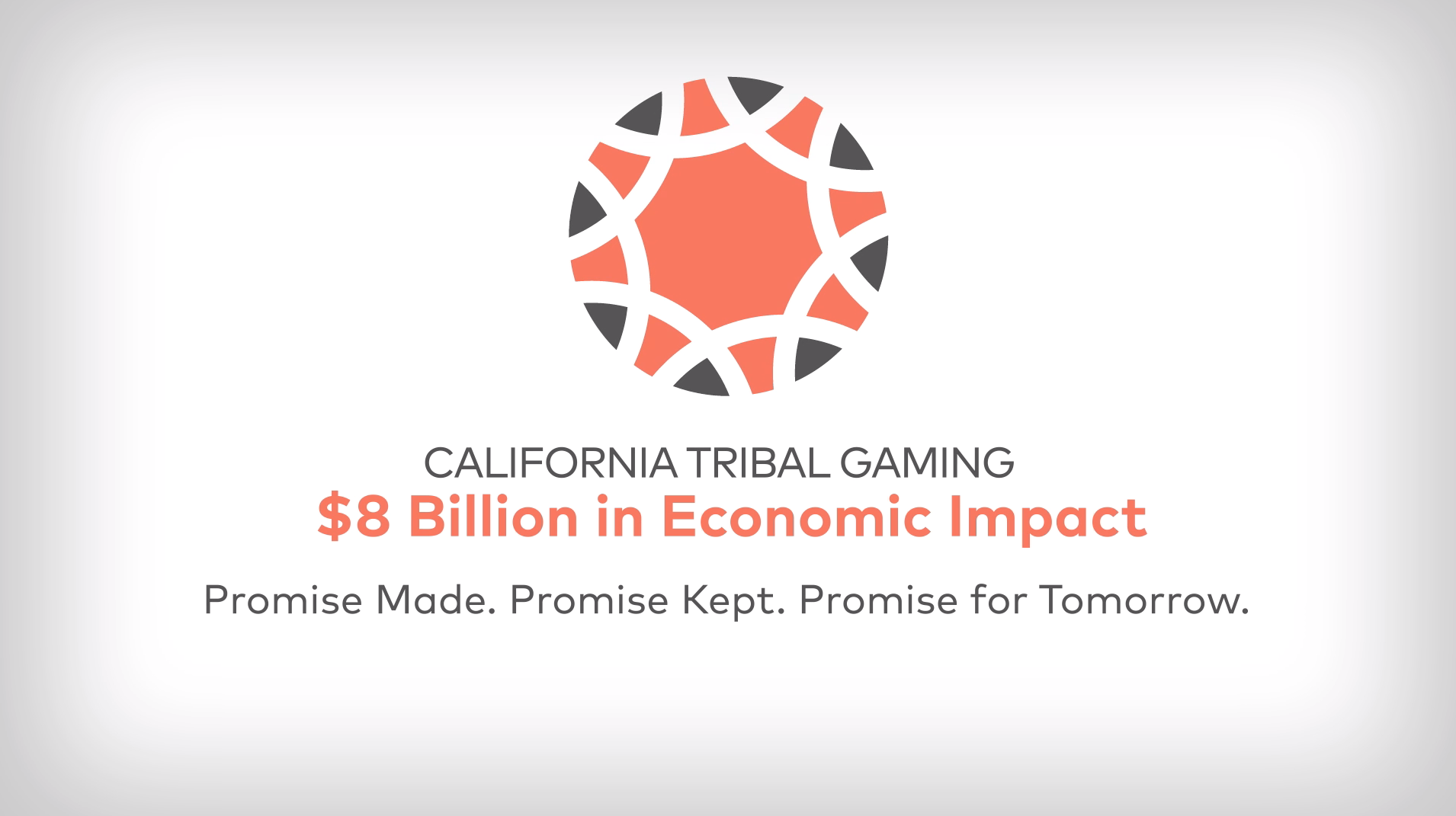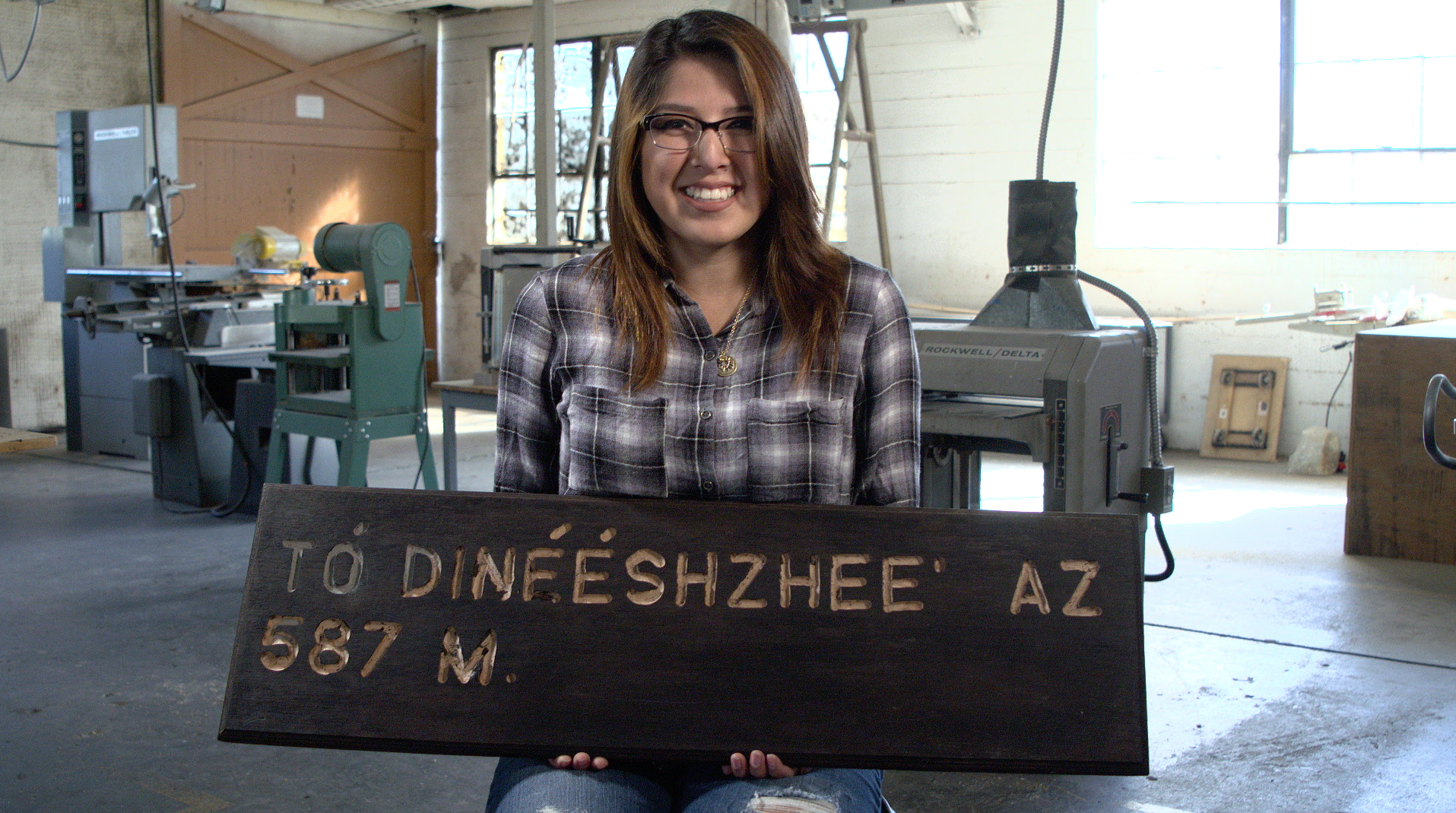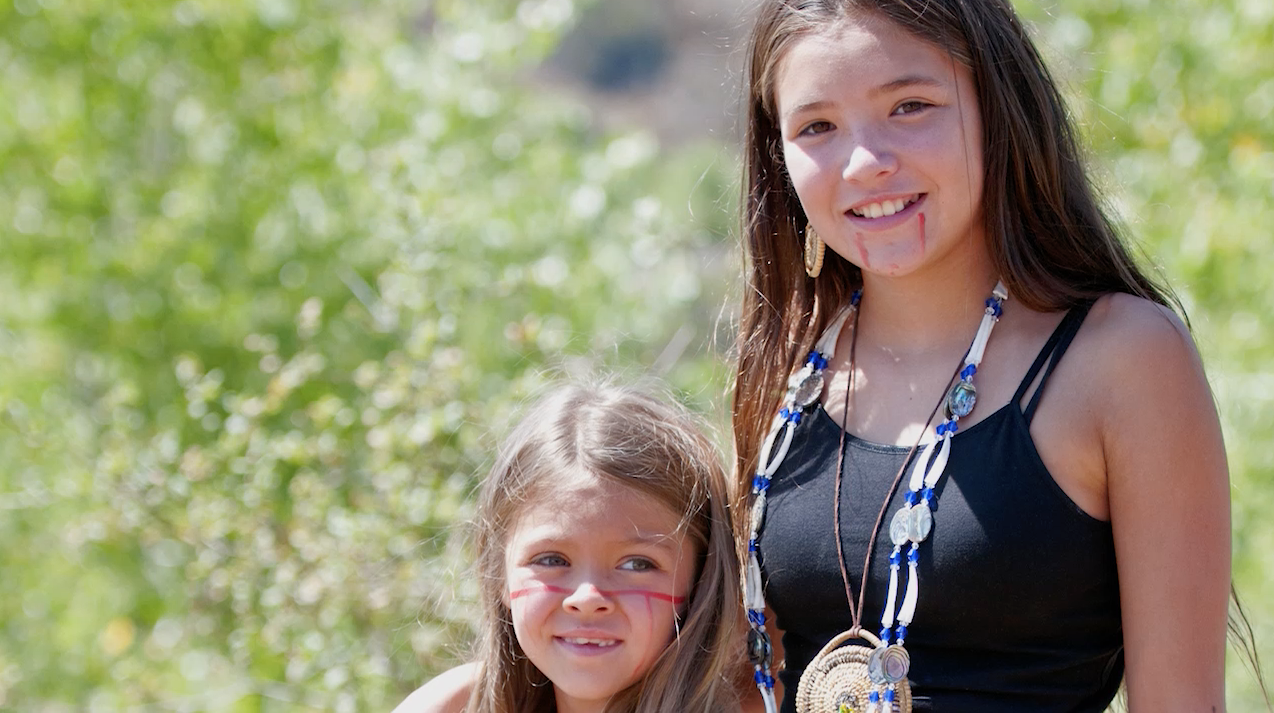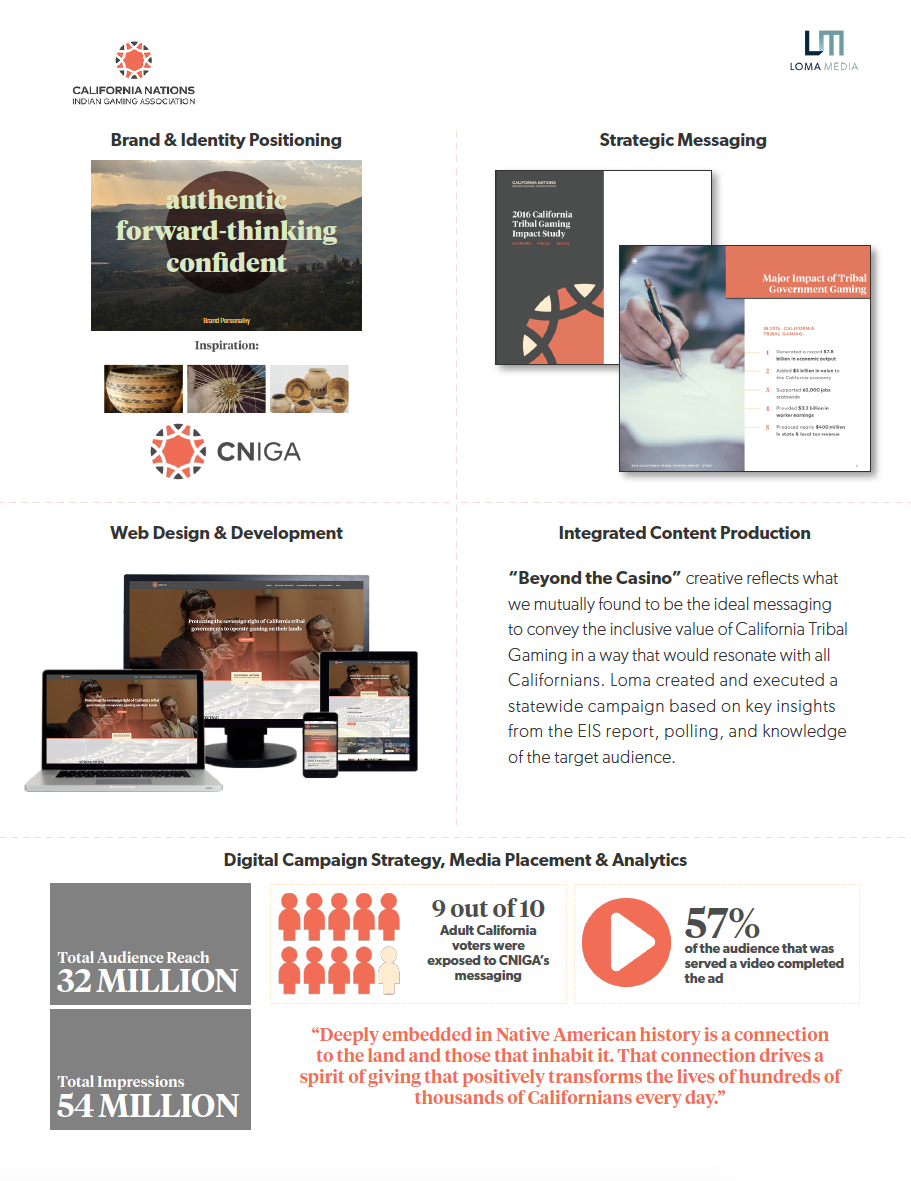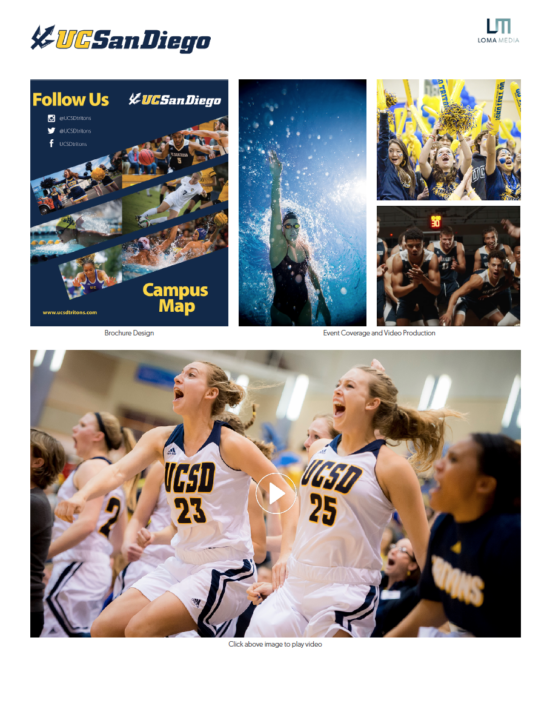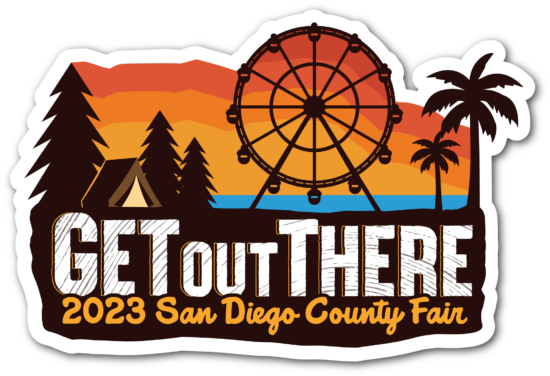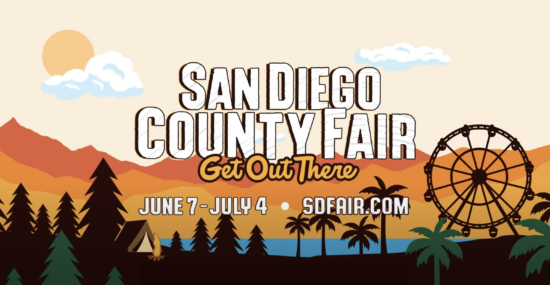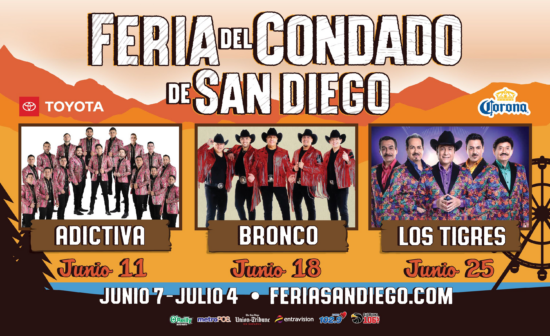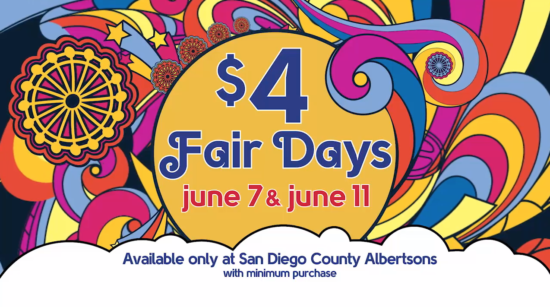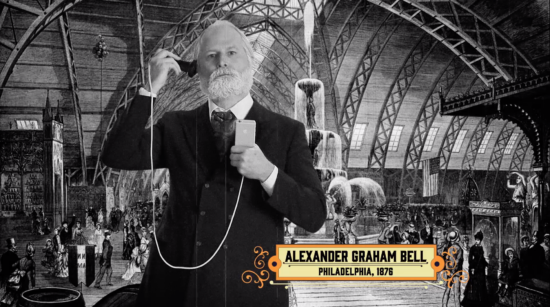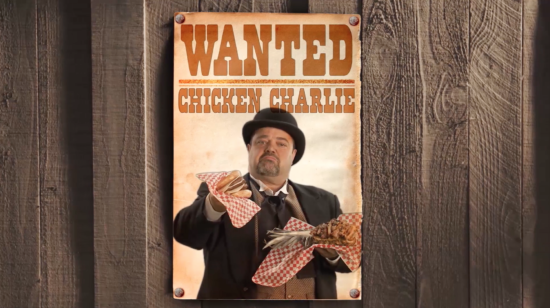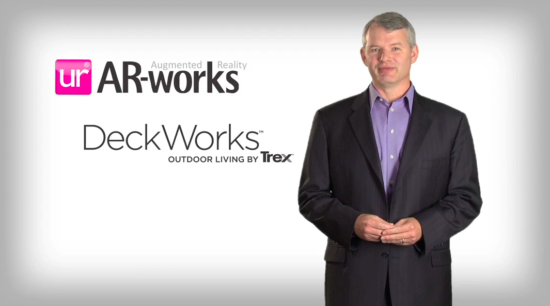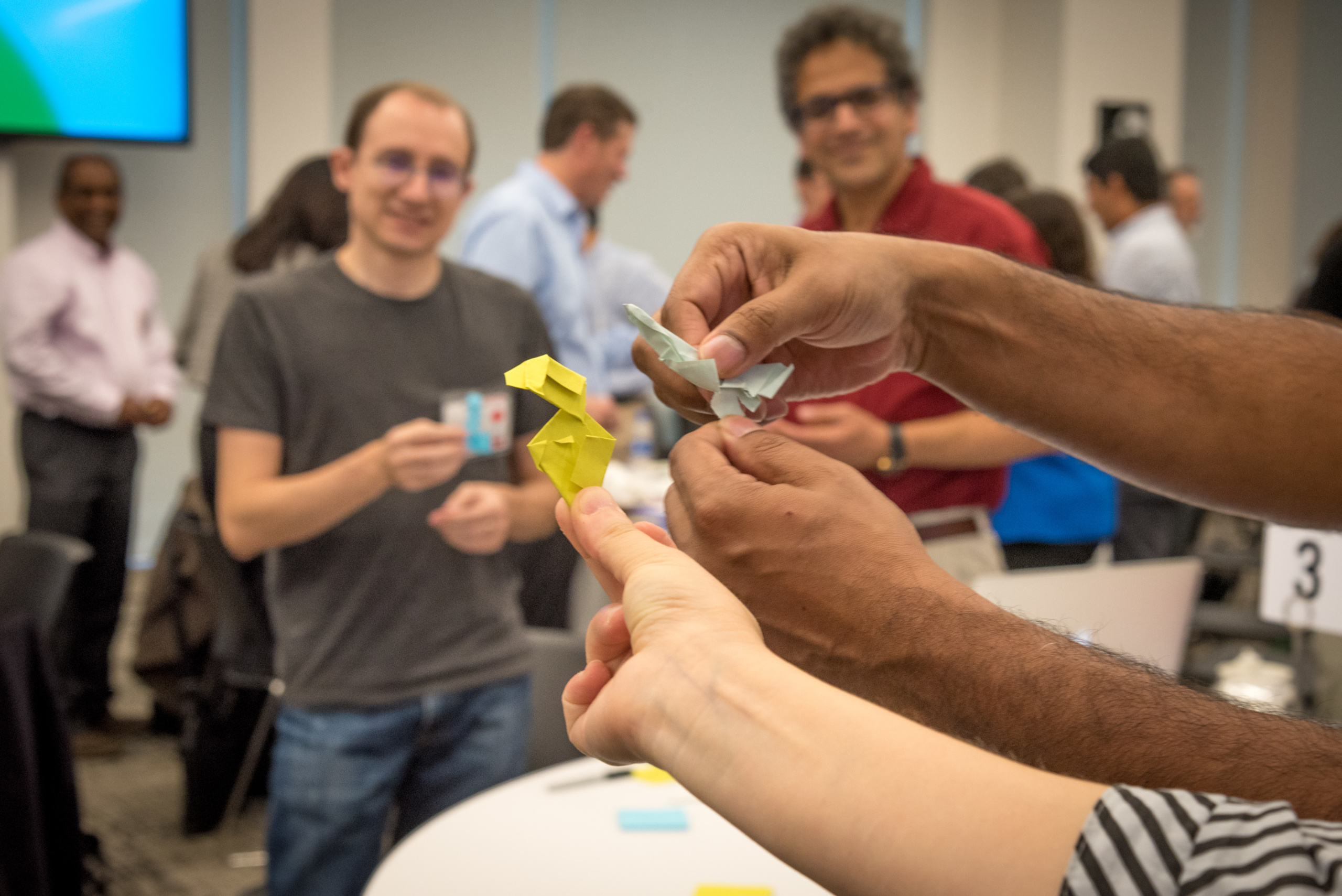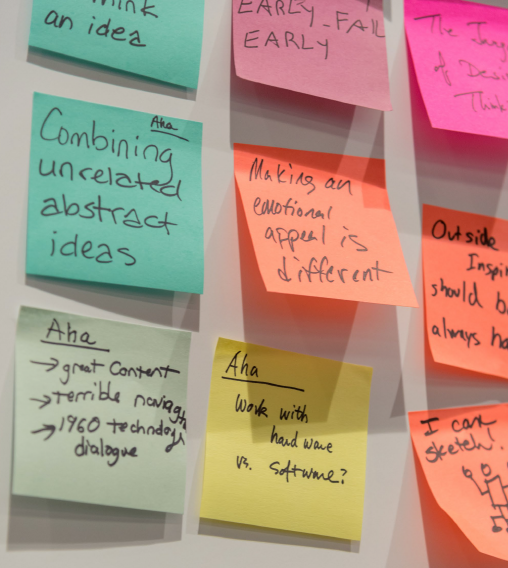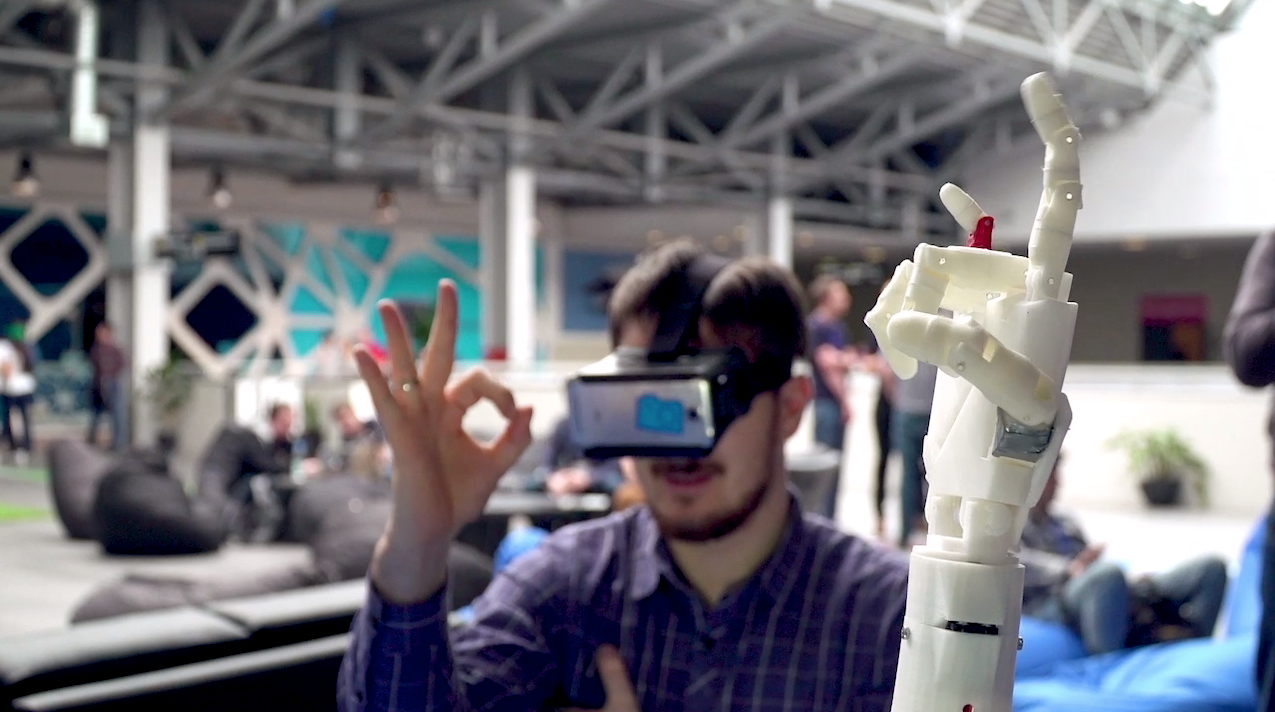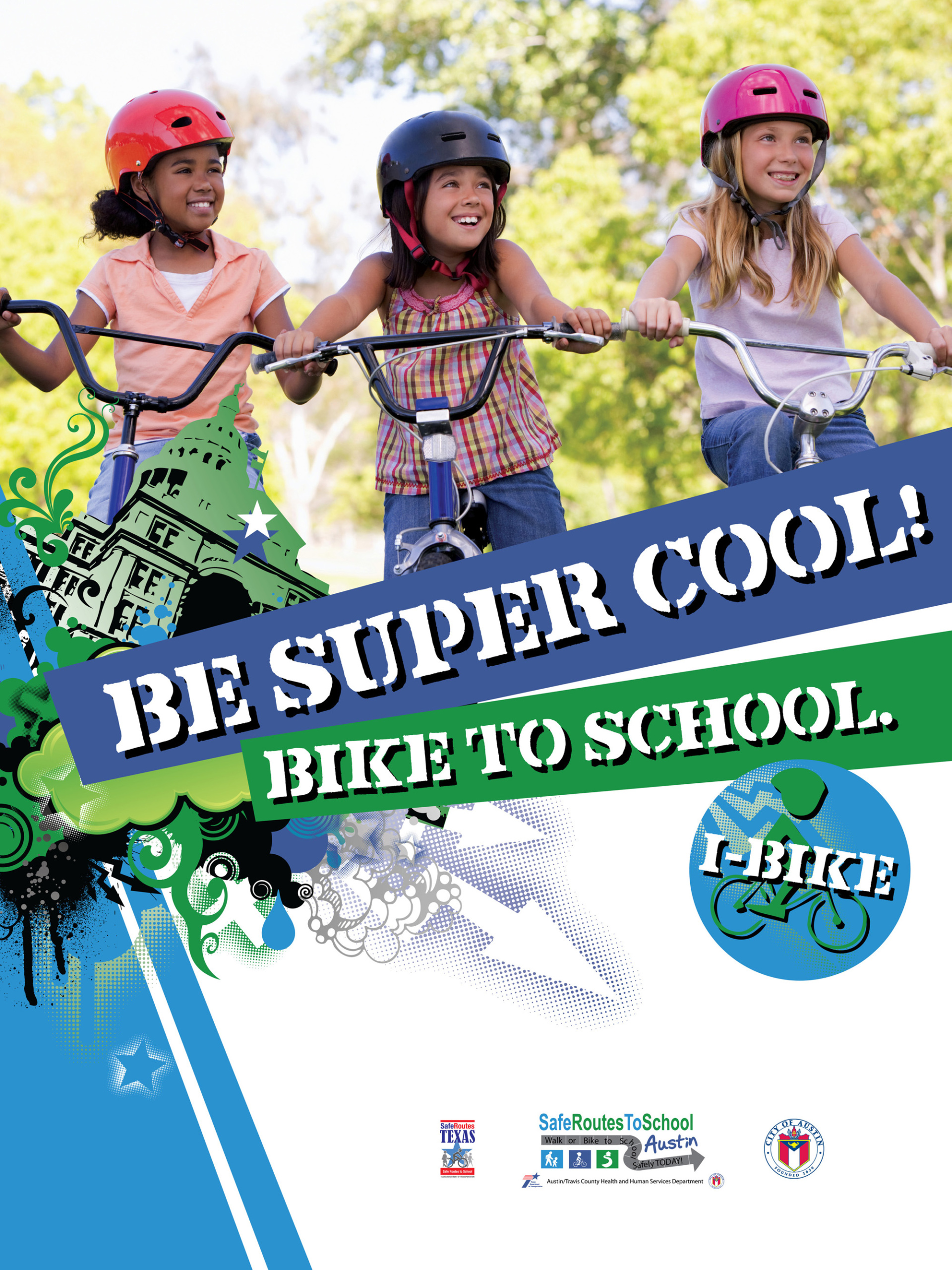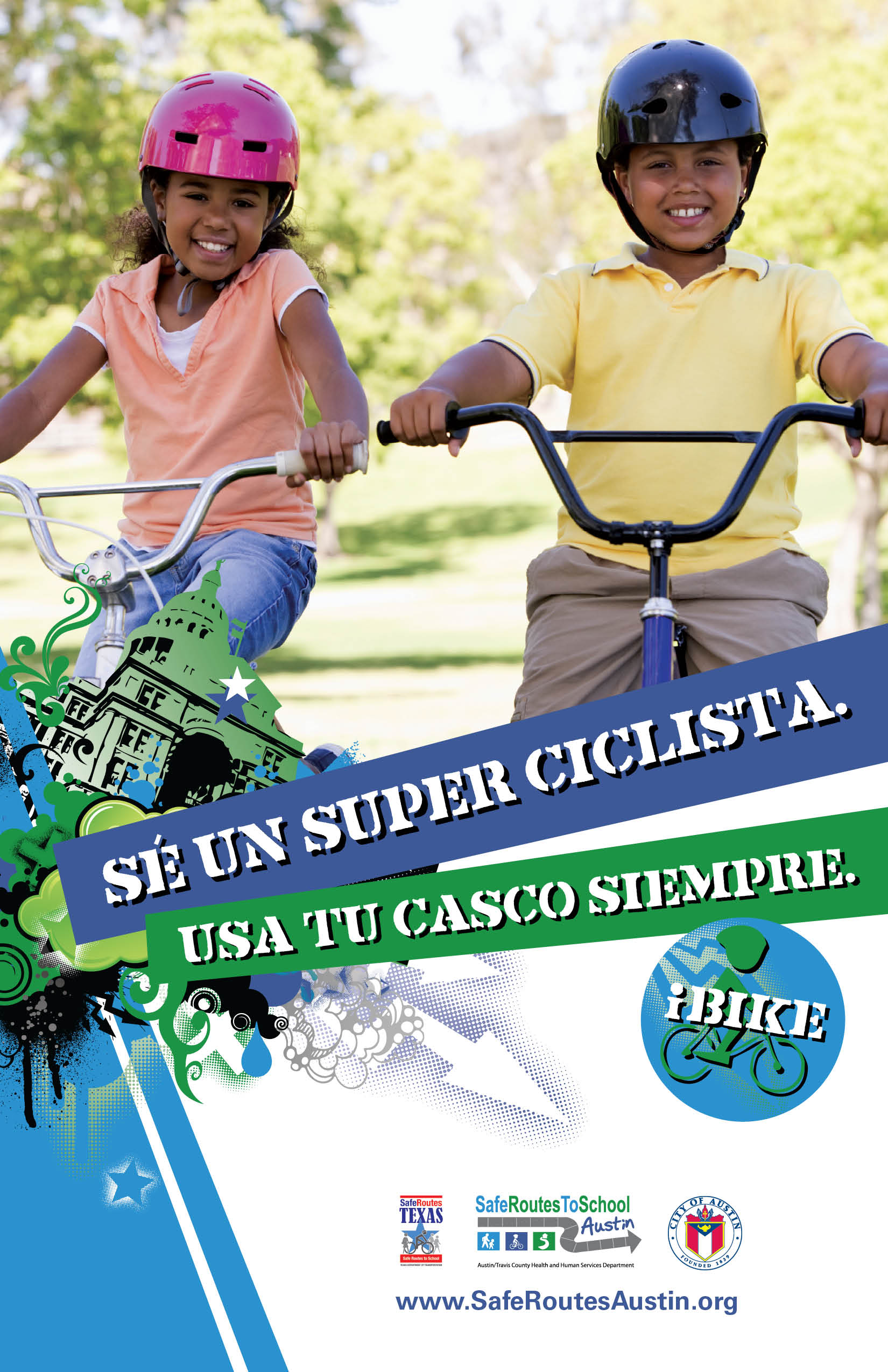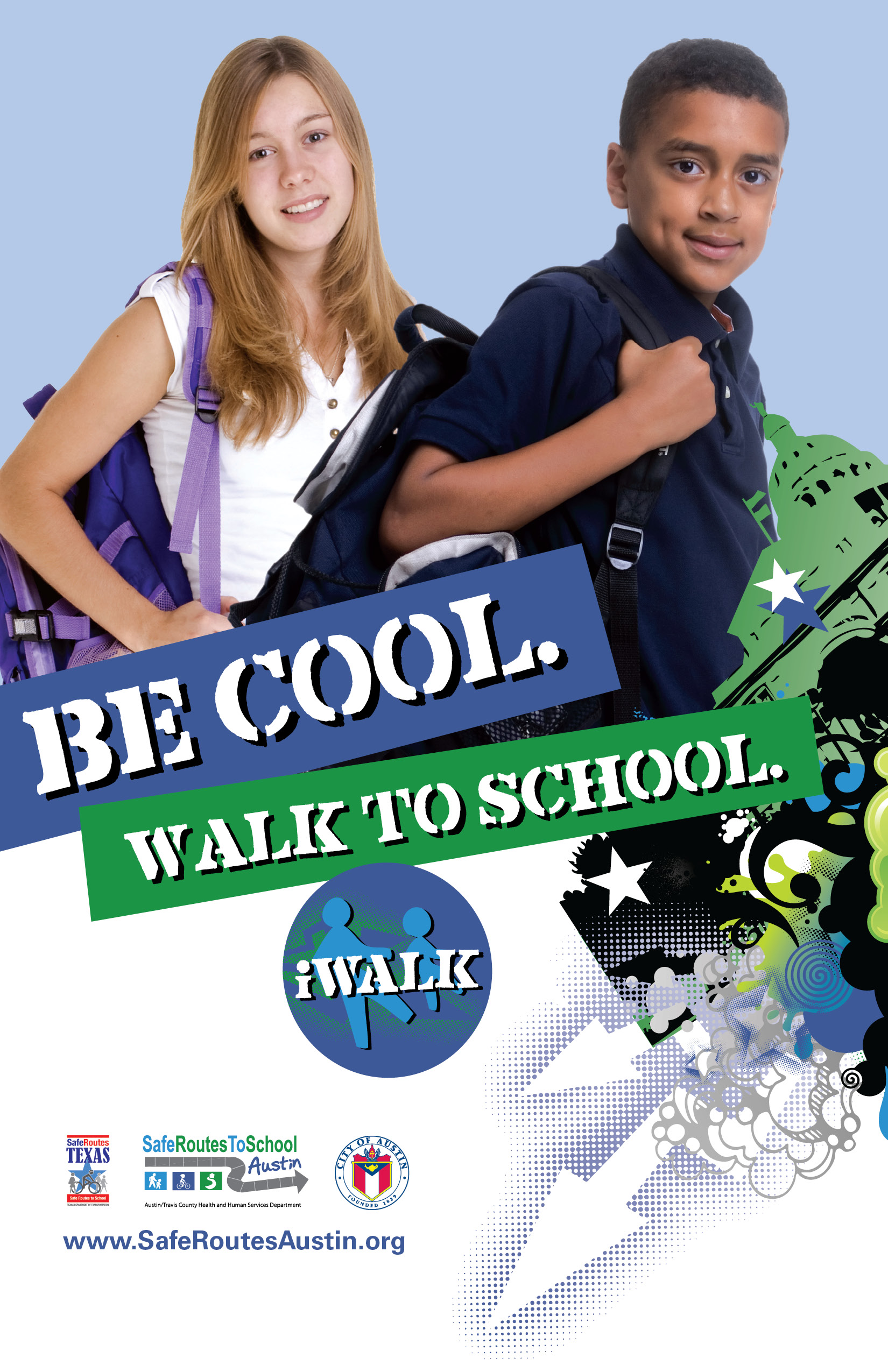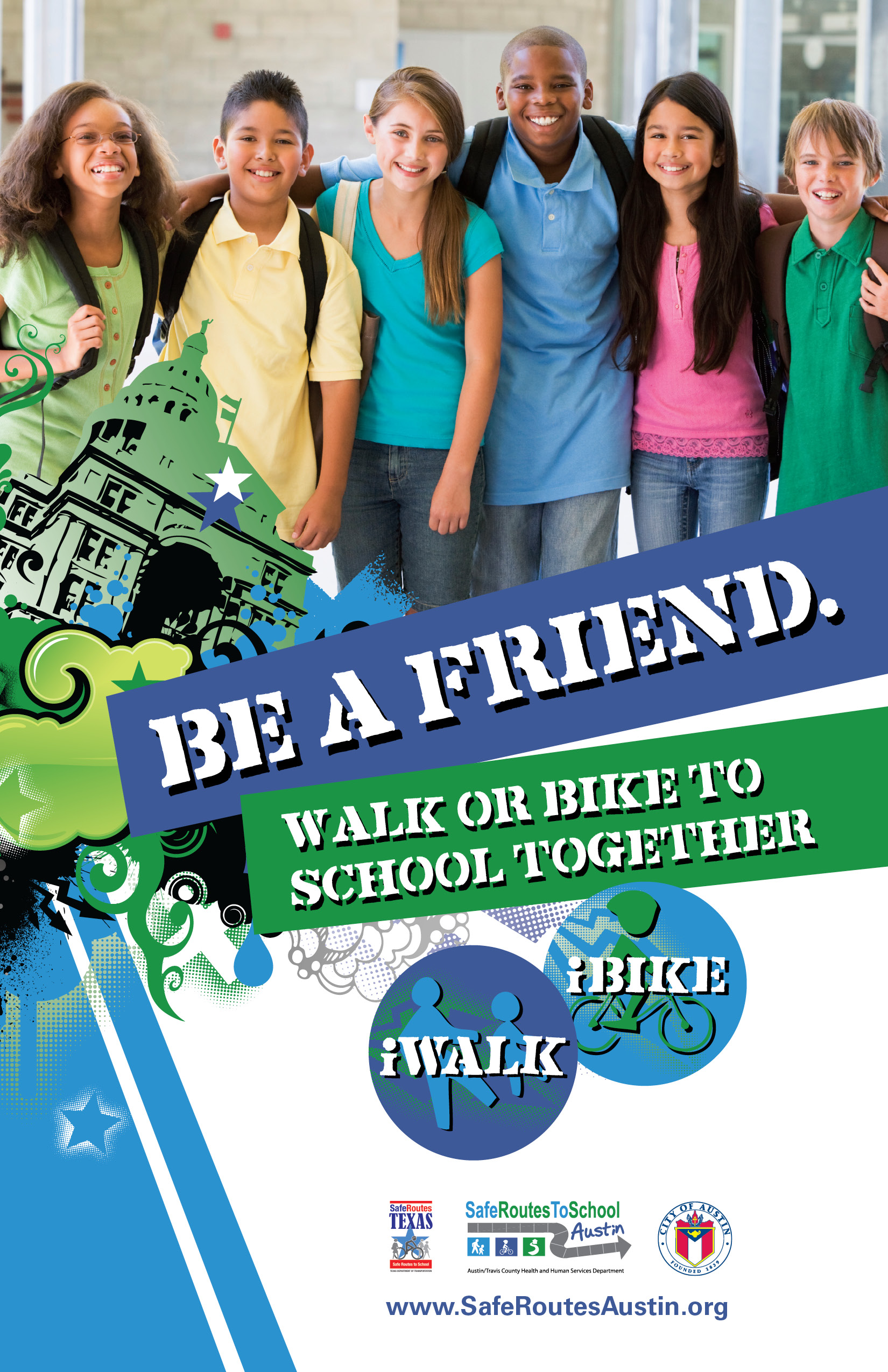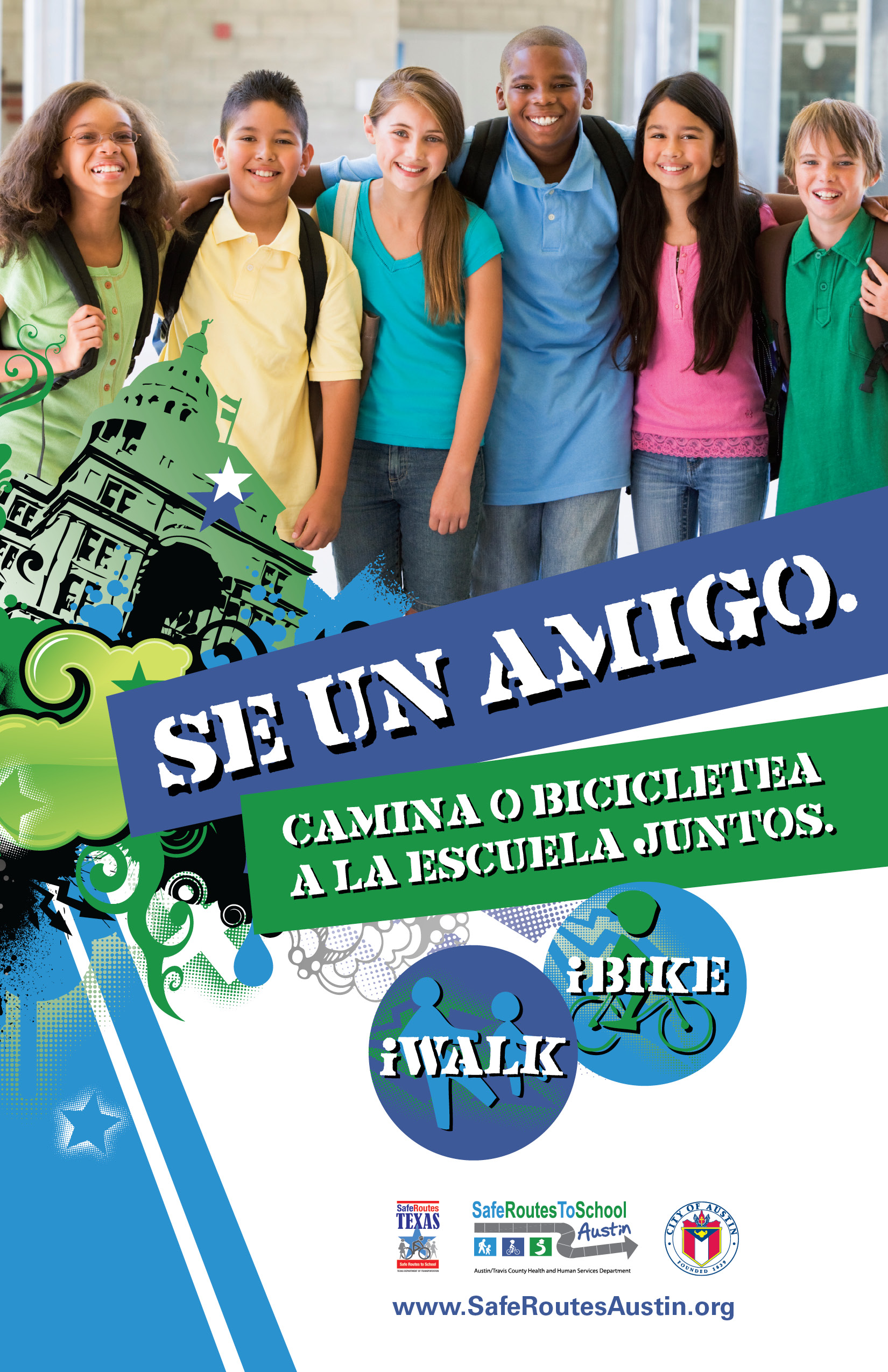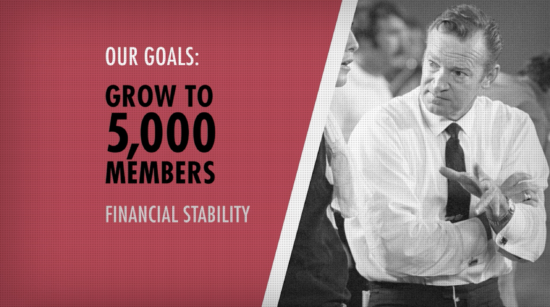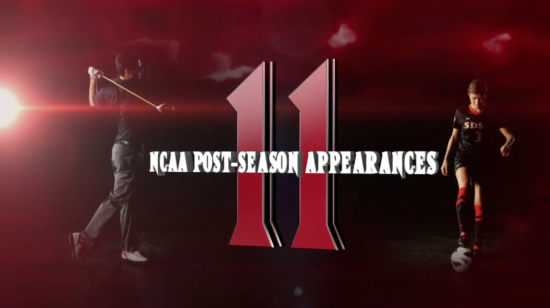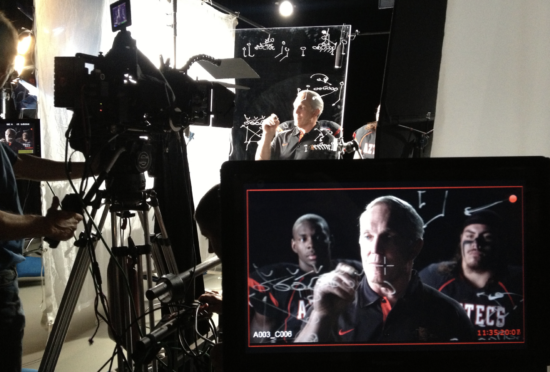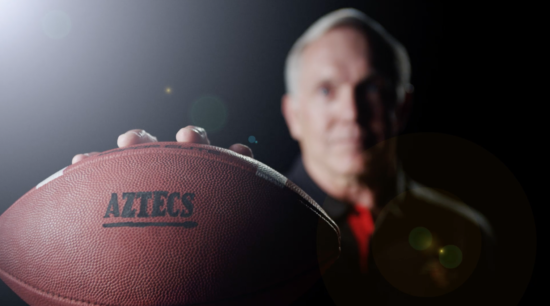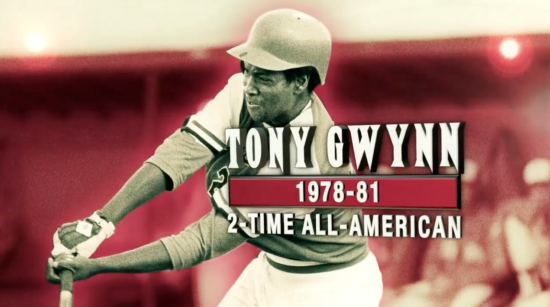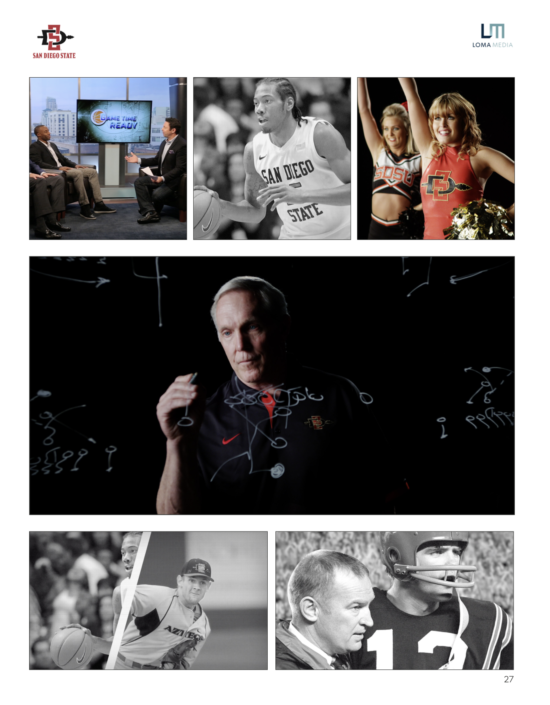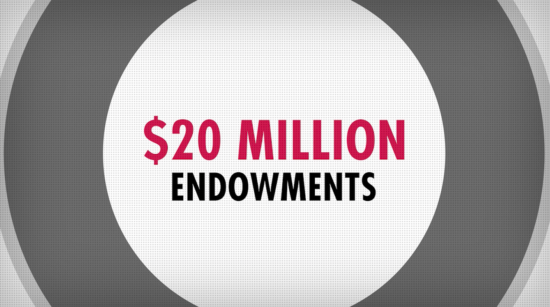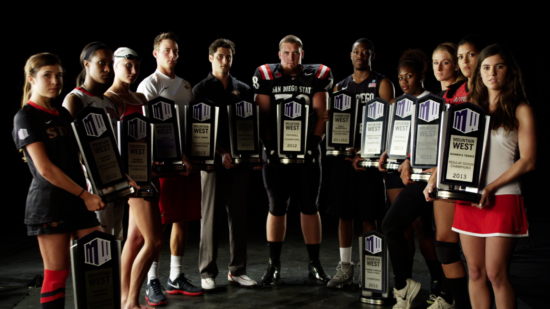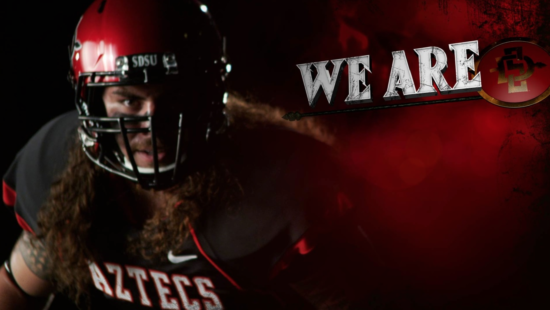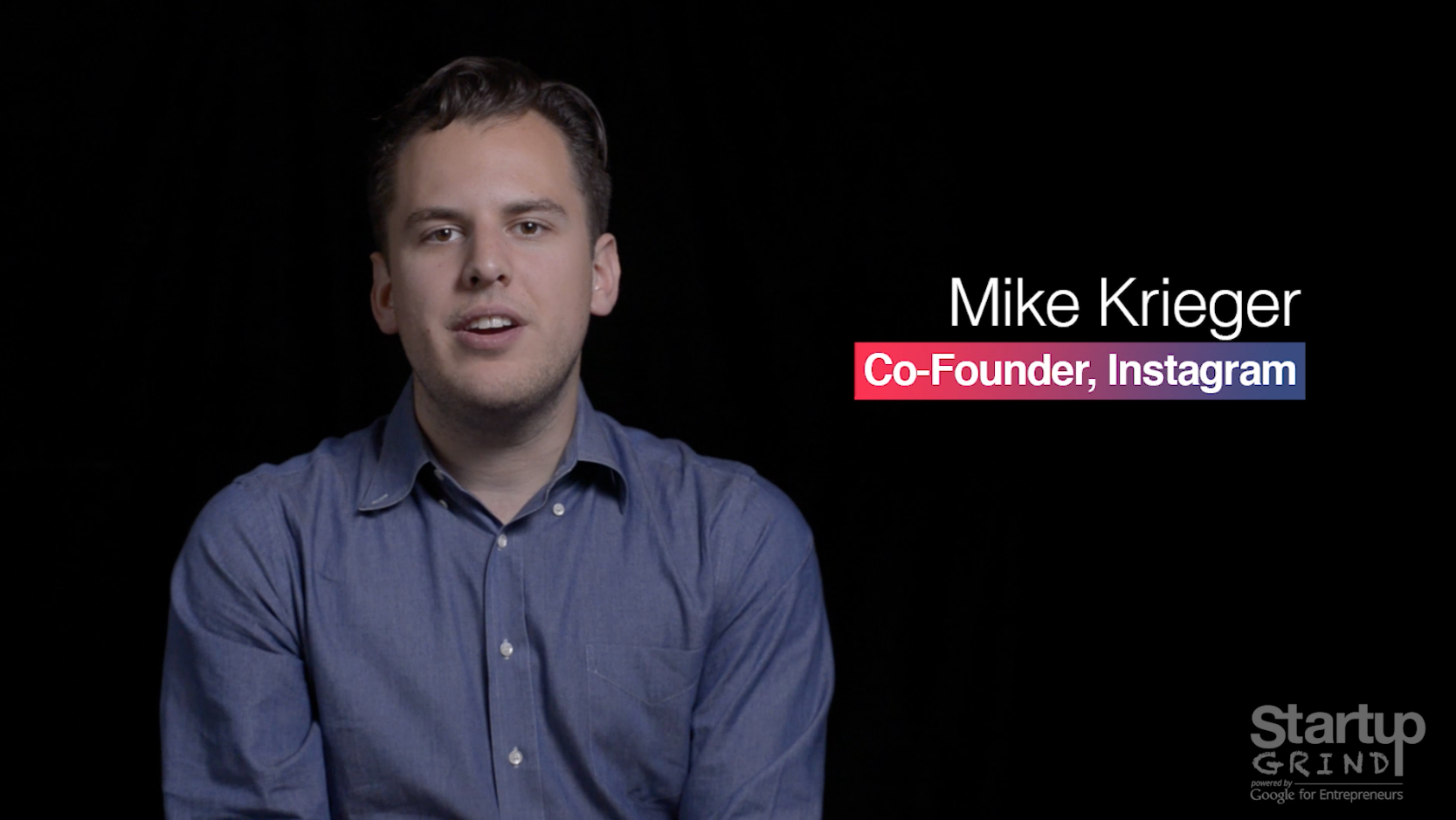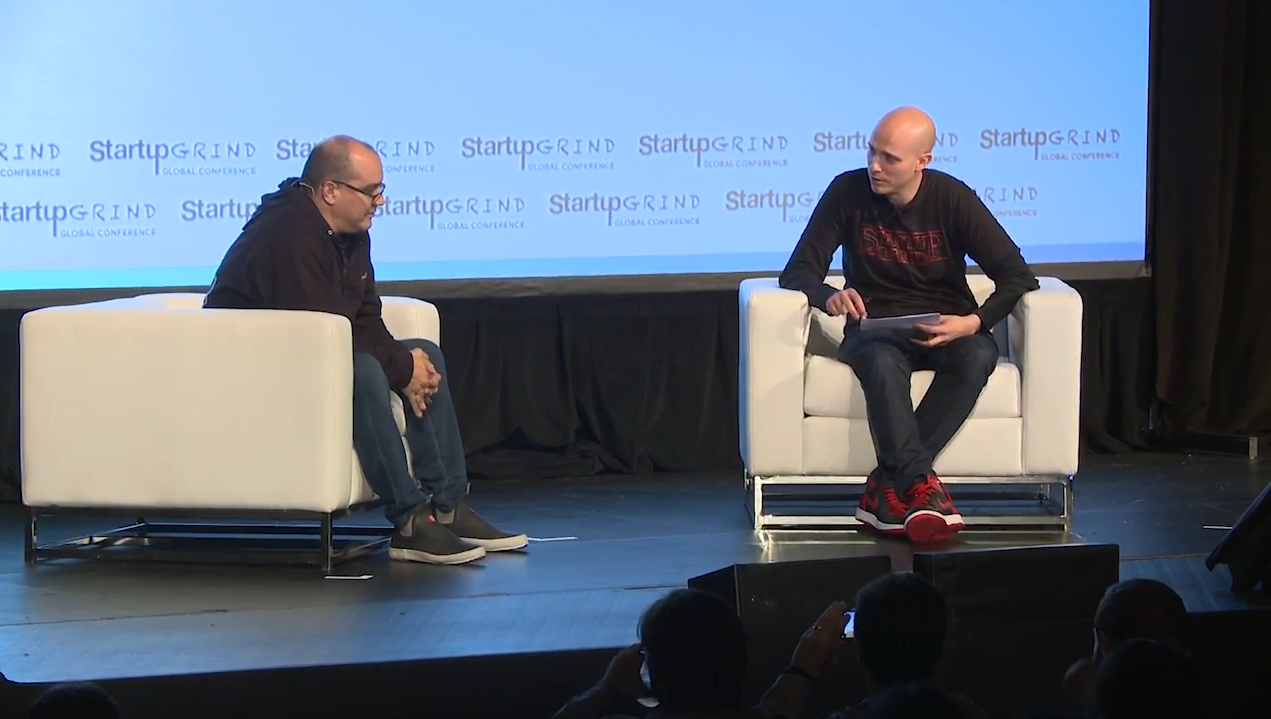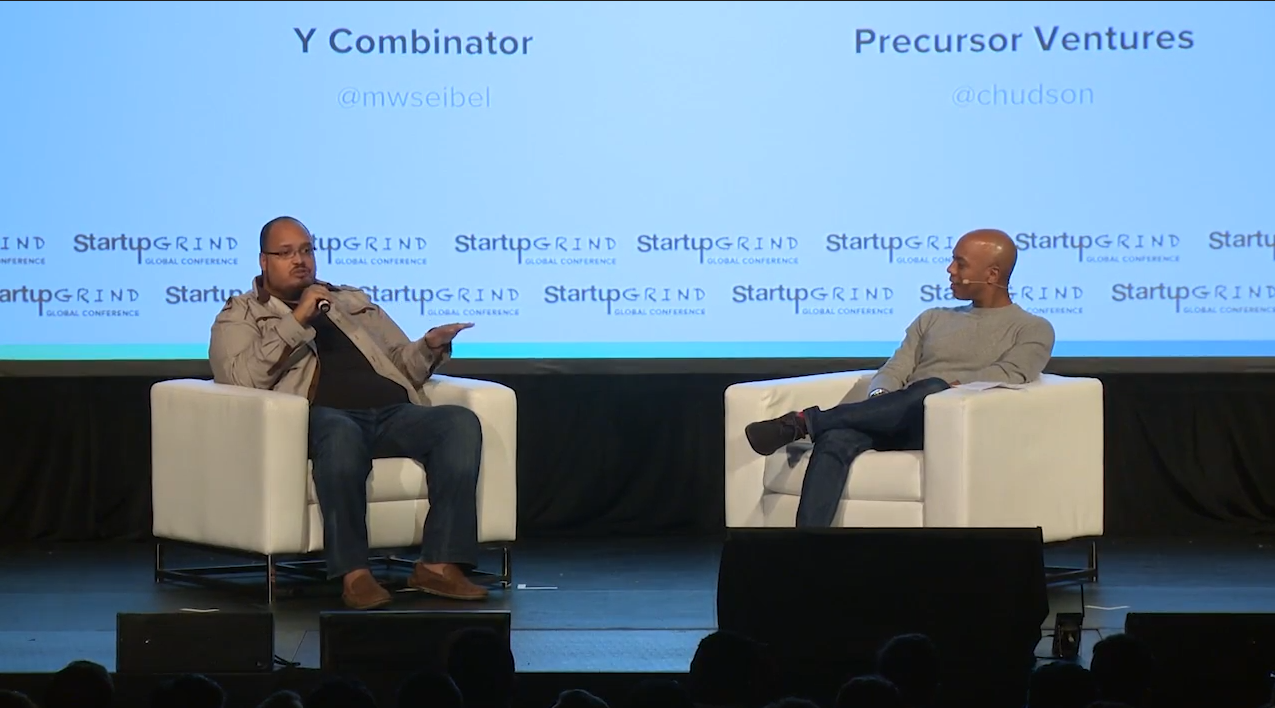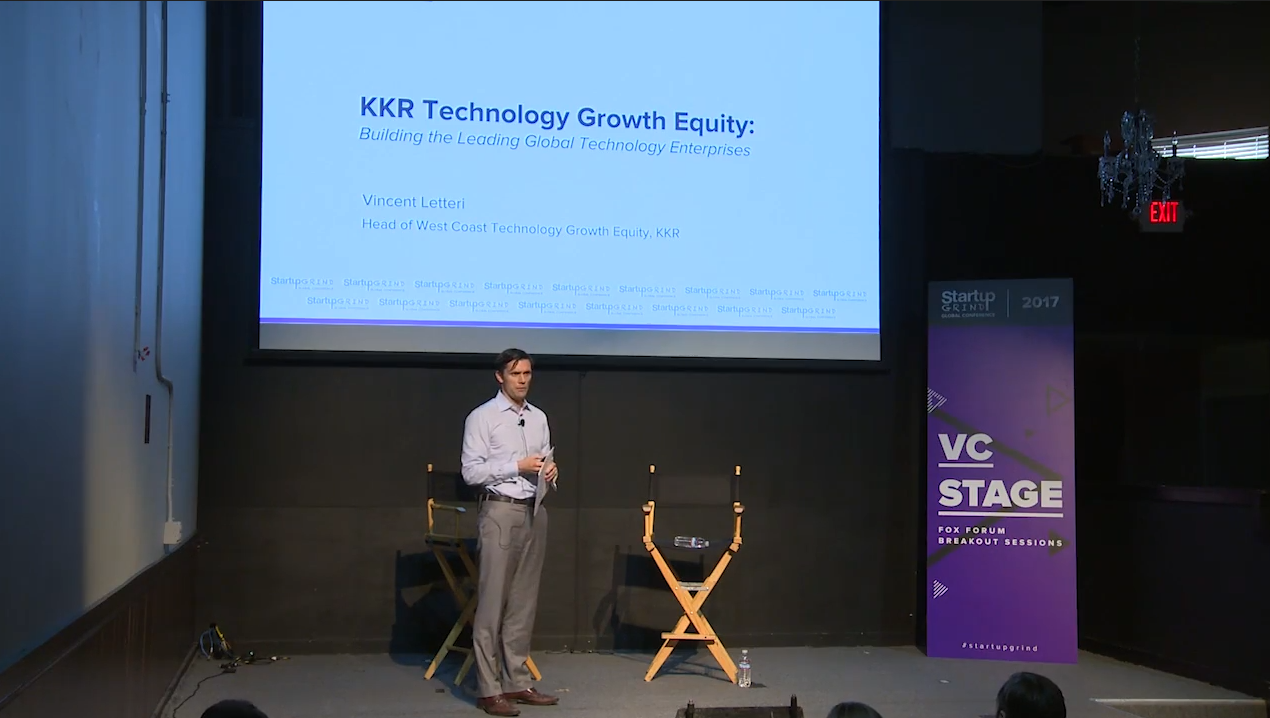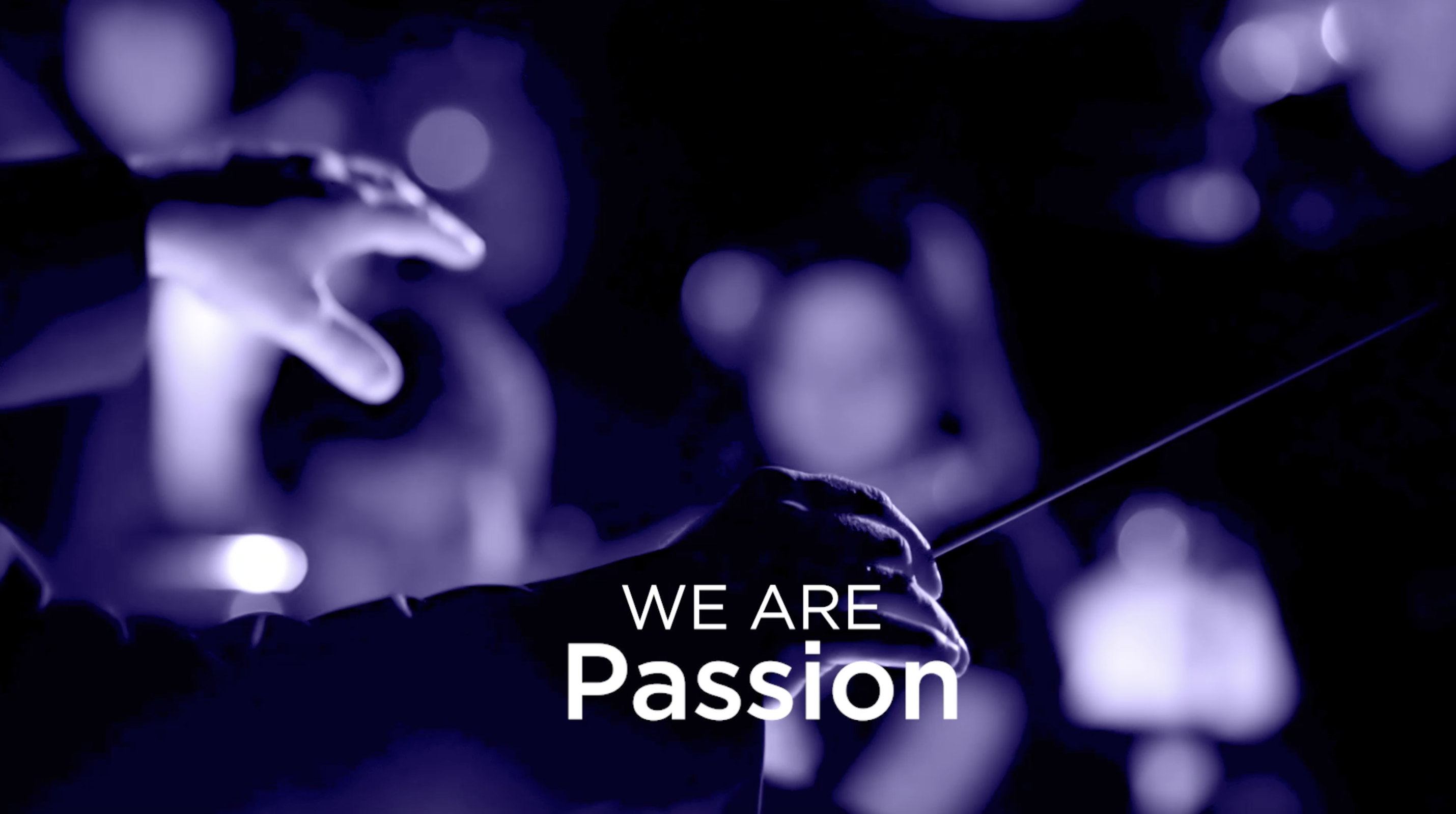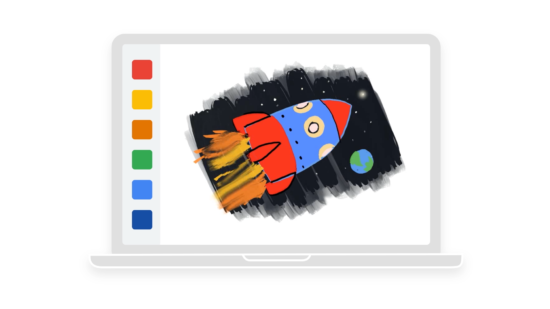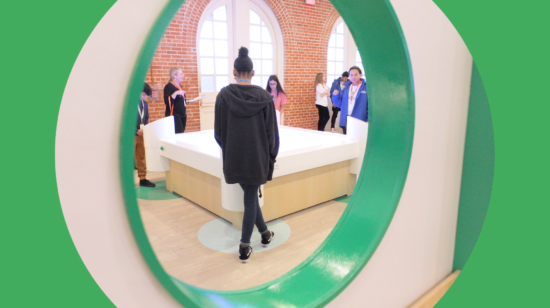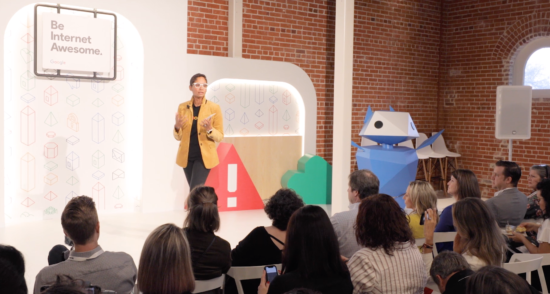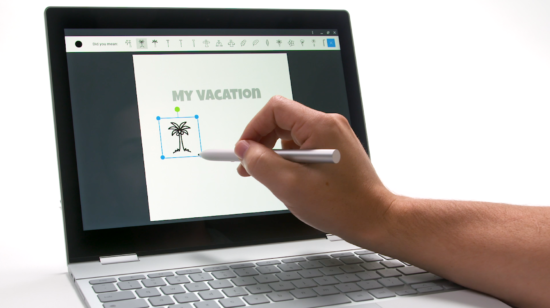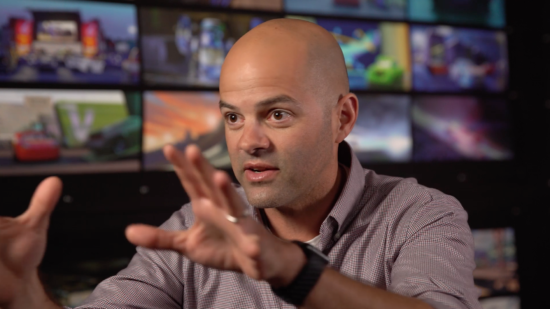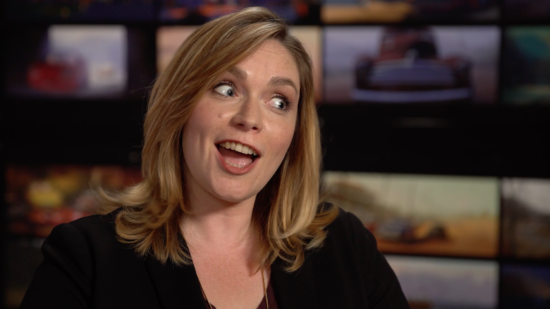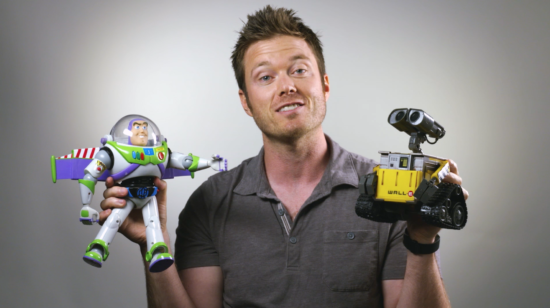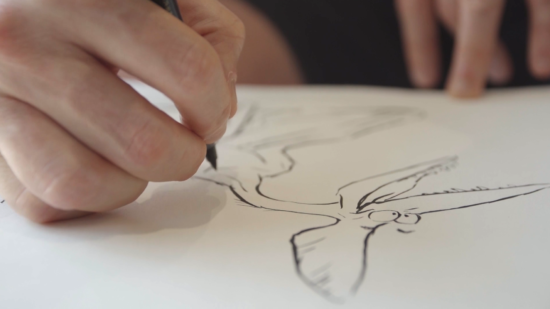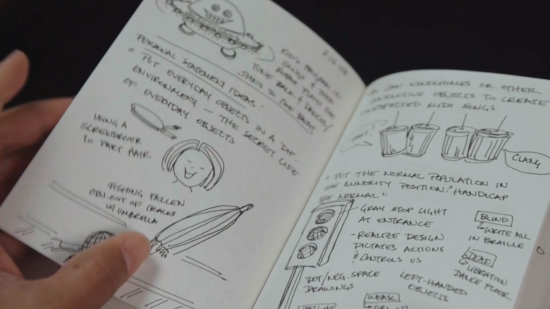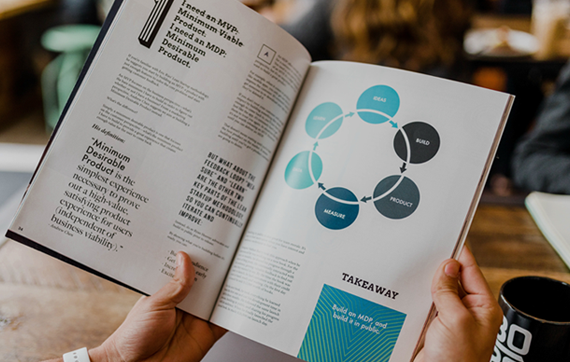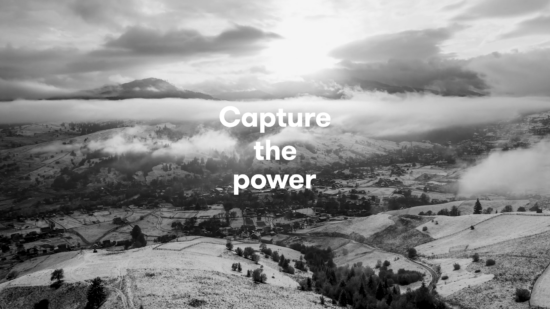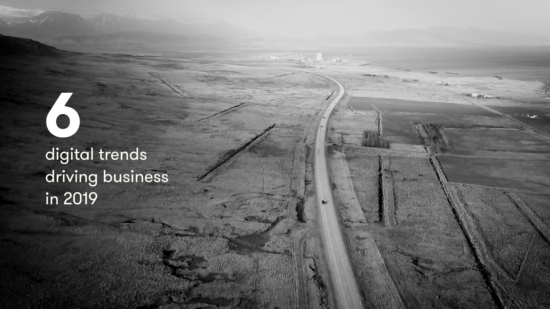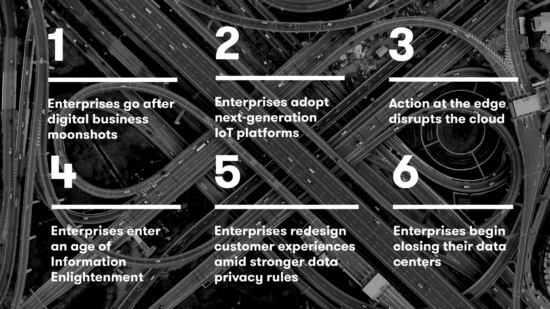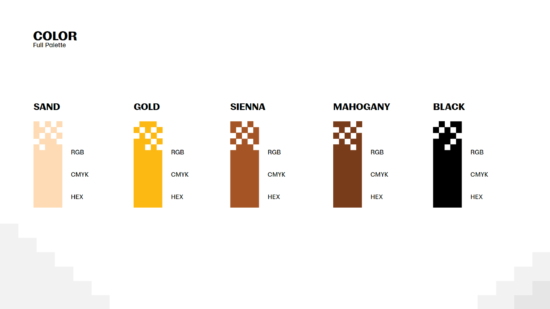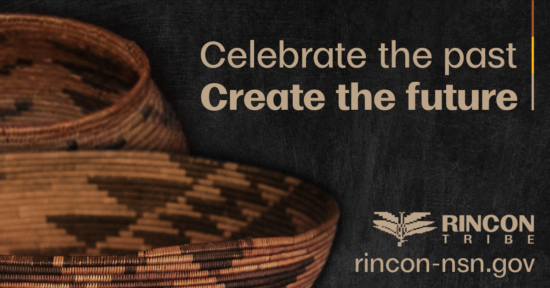Not that long ago, “podcasts” were exotic. Now, they’re everywhere. Their ability to amplify a brand, advance information and entertain pretty much any audience is underscored by their sheer proliferation. 900,000 at last count. And counting.
Easy to make, easy to hear. That’s the good news--and the bad. Because no one can catch a million podcasts on the way to work. So how will they find--and why will they listen--to yours?
Here are 5 Steps to Success from our Loma studio team to help answer that question. We’ve produced podcasts that have achieved #1 category rankings.
1. Research. Research. Research. (And when you think you’ve done enough, do a little more.)
This is where you don’t want to be creative--you need to be pragmatic.
Foundational research is key, especially for first-timers. It guides the blueprint for the entire podcasting process. Listen to lots (and lots) of podcasts that are in the space you want to occupy. High-profile examples are a good place to start, but podcasts with smaller footprints can be just as helpful (even if only to demonstrate what not to do). Listen for differences in sound quality, length, tone, the number of participants, how many episodes have been released and at what frequency. Pay attention to everything!
2. Positioning – Here are the right questions to ask yourself
Whether building a new brand or charting a fresh path for your existing voice, correctly positioning your message to the marketplace will pay immediate (and long-term) dividends. This is where strategy and vision intersect--before any recordings are made. So before you start shopping for new headphones, (consider the Sony MDR-7506 btw, but swap out the ear pads. And no, we’re not a paid endorser) you need to think about your audience.
Who would you like to hear your podcast and What do they Want to hear? Answer this multi-part question, and then answer it 5 more times. Now, stop and think outside the box; answer it 5 more times. Okay, now we can move on. Next ask yourself What problem are you solving? What makes you unique / your differentiator? Is your podcast for entertainment / informational / educational? The answers to these questions will give you a good idea of the position of your house in Podcastville.
The customizable length of podcasts allows for both topic-specific and near-topic discussions that provide great opportunities to help brands and organizations establish and extend their voice. Episodes can range from 2-hour interviews down to 15-minute “in the field” stories, the choice is yours. Additionally, the conversational nature of a podcast allows for the inclusion of complementary supporting content in a more organic fashion.
Now’s the time to determine key areas and degree of focus, because this step will chart the ‘roadmap’ for your podcast (and series) success.
3. Frame your message
You know your mission, and your audience. Now, how often should you reach out to them?
Podcasts can be released quarterly, monthly, weekly, daily…or even 30 episodes at once (not advised). There are basically no rules which is fun but, it can be a bit daunting. So let's get this thing on rails. Define a general release schedule. It will help define other variables of the podcast (length, budget, hosts and guests.)
Continually survey the competitive landscape within your chosen space (sorry - more research) and frame the different messaging out there against what you hope to achieve. This is where producers like Loma specialize, navigating the current media climate for optimum results. Reach out if you want some help* here. (*not recommended for those interested in ’mediocre’ or ‘average,’ some restrictions apply, see website for details. And now, back to our regular scheduled program.)
4. Craft your voice (and environment)
Now the creative vision gets real.
Tone is extremely important and must reflect the sensibilities of your target audience. Is it fun? Is it serious or dramatic? At a fundamental level, a podcast marries early “radio days” with the narrative dynamic of a modern movie. It’s all about storytelling, and there are many ways to tell yours.
Podcasts, like everyday conversations, have a wide variety of host/guest discussion dynamics. Two people may engage for an hour, a wandering discussion in which the guest(s) IS the topic. Remote recording is another option that can accommodate multiple hosts and/or guests. Compelling locations create an added sense of engagement, while a studio environment is likely better for control and cost.
Whichever route you take in Step 4, make sure the creative is aligned with the blueprint you’ve established in Steps 1-3. Which brings us to…
5. Brand is everything!
The “it" factor. It’s hard to define, but we all know it’s there (or not). This is branding. Let’s make sure you get “it” right.
Crafting a podcast that attracts listeners takes more than a microphone and ‘radio’ voice. Often overlooked is the visual branding, ‘logline’ and accompanying marketing materials required for a release across major platforms. Get potential listeners to “lean in” by succinctly (and artistically) describing the product you’re making and value they’ll receive. Although it’s an audio format, visuals can play an important role in conveying the ‘vibe’ of your podcast. It’s not a bad idea to create the ‘look’ even before you define the production. (If it works in Hollywood, it can work for you.)
In addition, sound design plays an integral part in creating a successful podcast. From very simple to carefully orchestrated sound, the sonic space of podcasting allows a lot of room for creativity but set a consistent tone or style. This will help bookmark and define the podcast in the listener’s memory. However, err on the side of simple and consistent rather than elaborate and constantly changing.
Last, but certainly not least, let’s all remember that a quality podcast is a blend of art and science. As a relatively new medium, innovation and creativity remain paramount, but your odds of success will be improved by following the basic “blocking and tackling” tips listed here. Now…. the warm up is over….it’s time to get in the game!
